The NFL is a copycat league – I read that once on another team's website after a Super Bowl victory and thought I would use it in my own post-Super Bowl story. See?
On Sunday, the Denver Broncos won Super Bowl 50, 24-10, over the Carolina Panthers. It was Denver's first title since they hoisted back-to-back Lombardi Trophies after the 1997 and 1998 seasons. The Tampa Bay Buccaneers' first Super Bowl championship came at the end of the 2002 season, so they have been waiting nearly as long for a return to the top. Perhaps the Bucs, in true NFL copycat form, can take some lessons from the newly-crowned champs.
Take a look at the Buccaneers' Super Bowl championship.



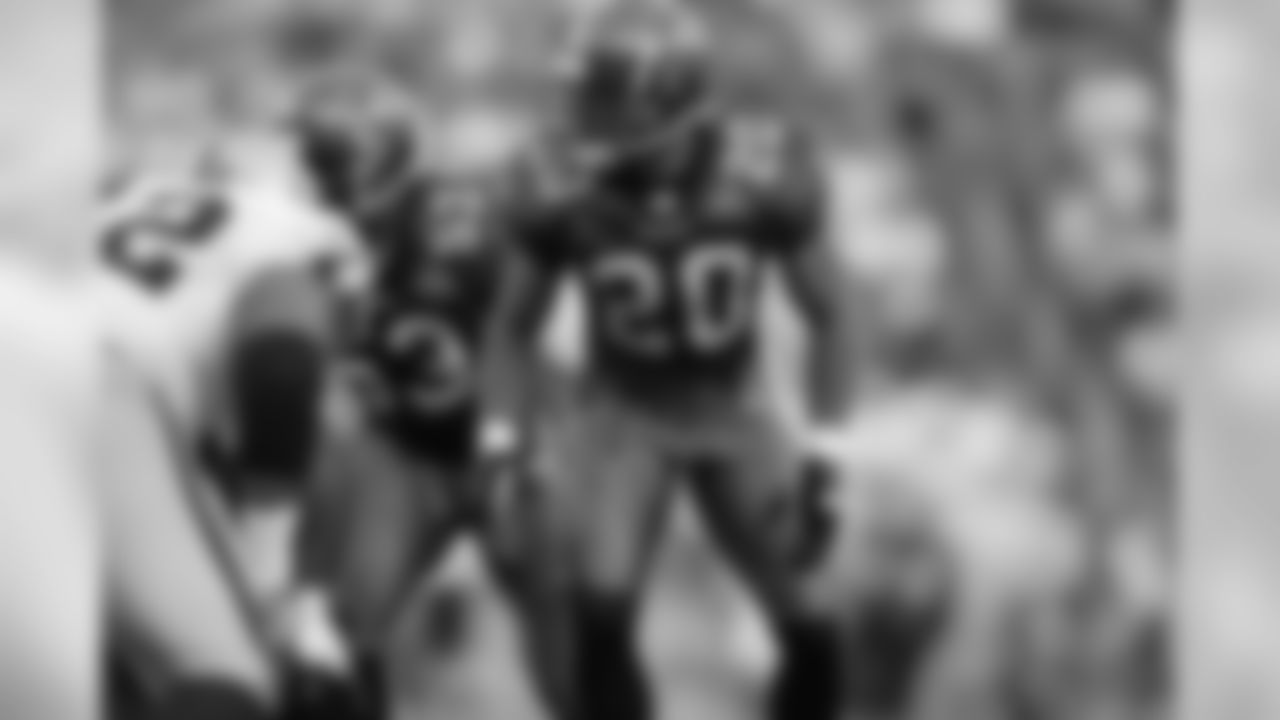

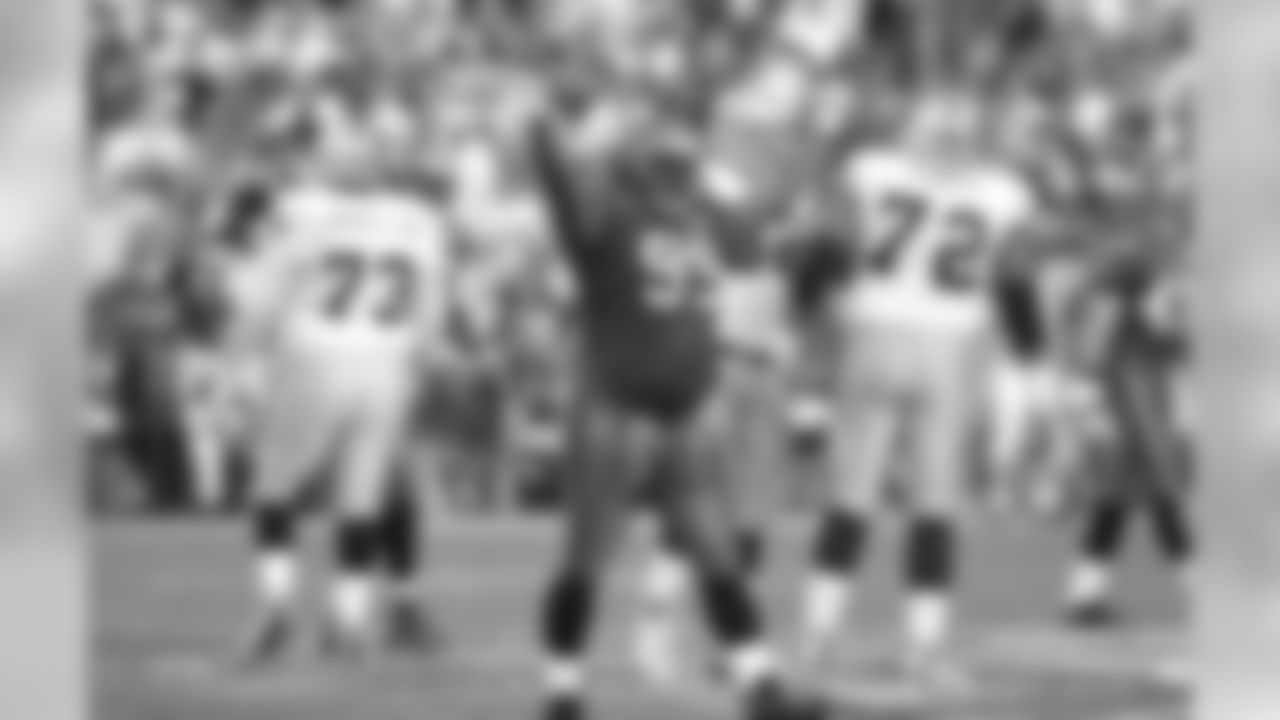

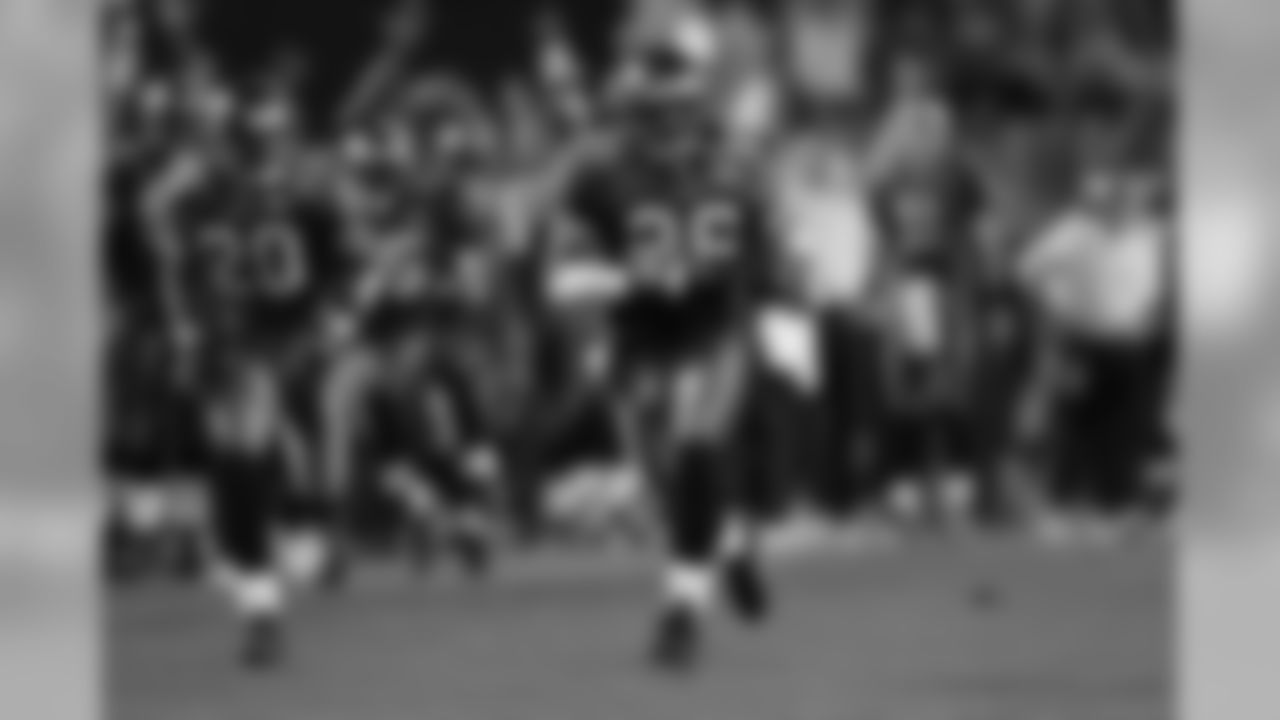

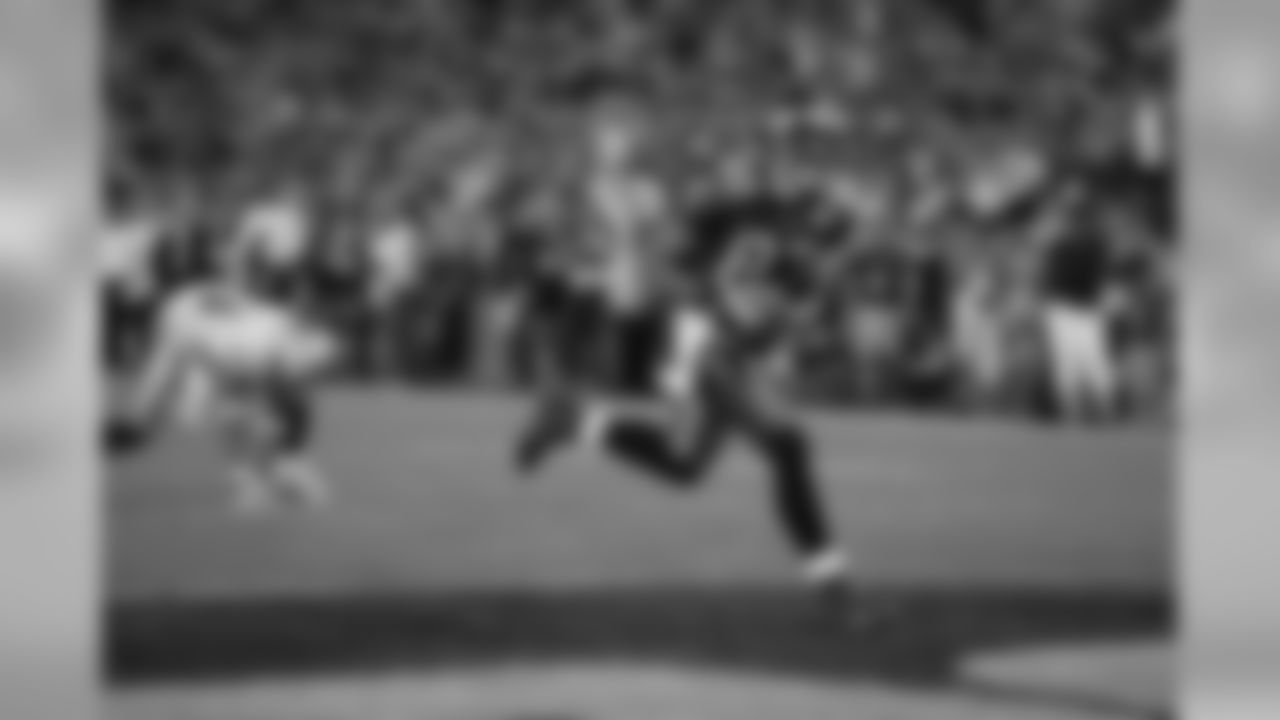
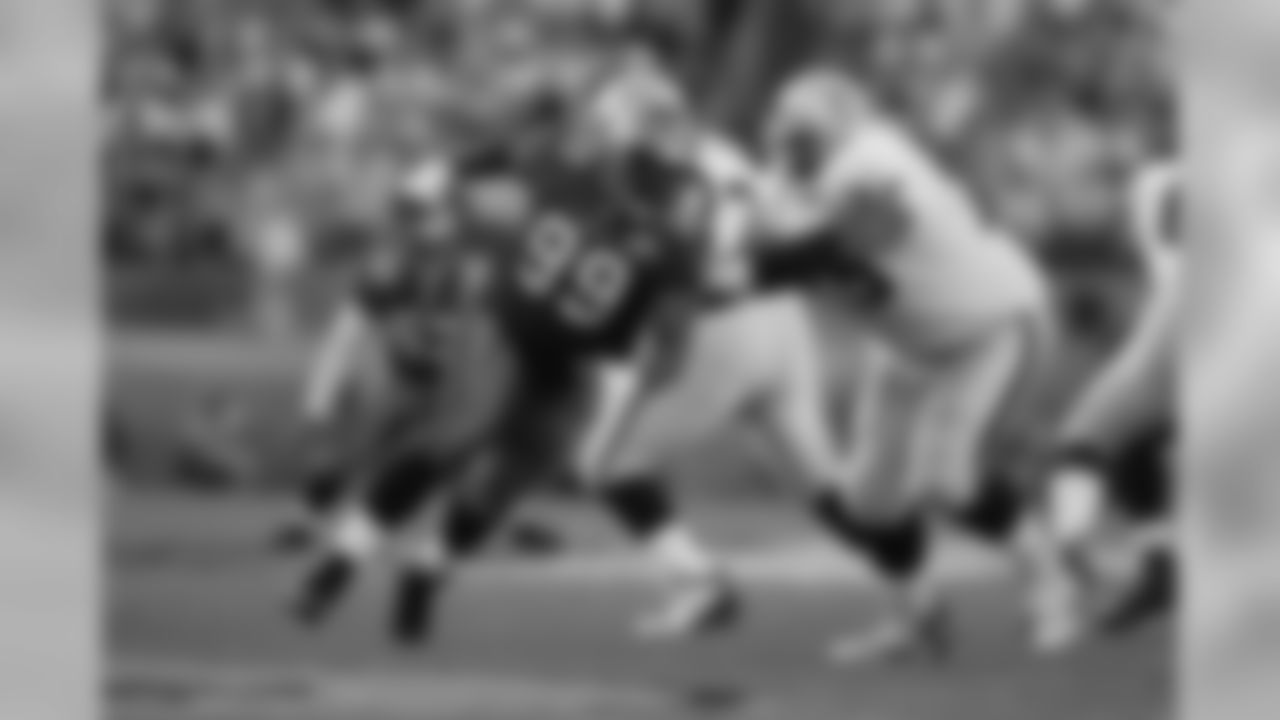


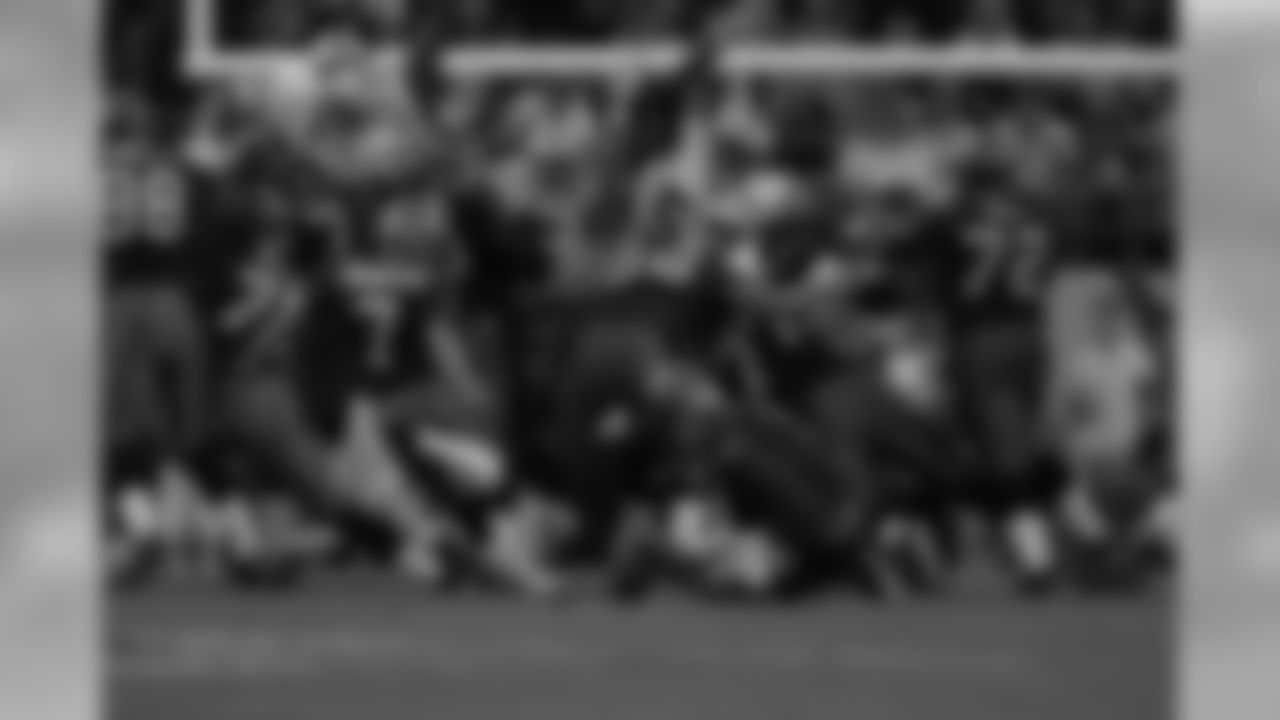



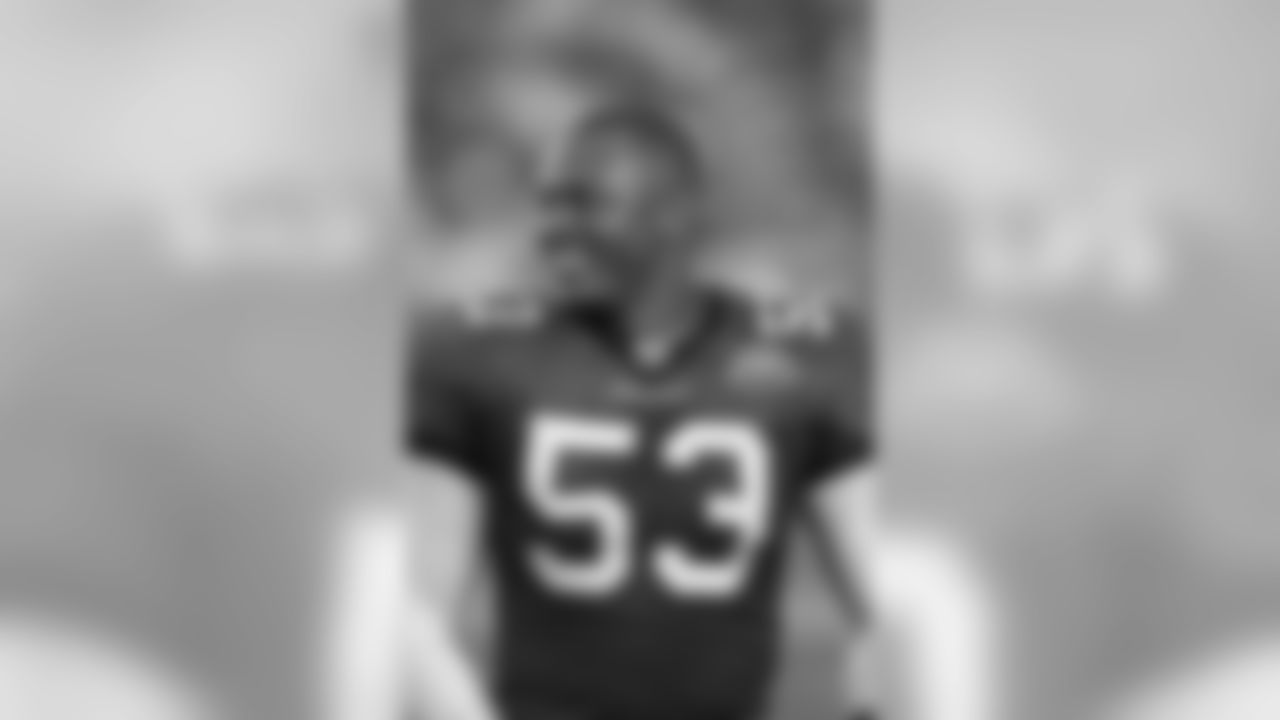









Of course, not everything that helped the Broncos to the title is attainable for other teams. "Have Von Miller on your defense," would certainly be a nice goal for any team, but I doubt the Broncos are going to let him out of Denver. The Buccaneers loved Von Miller five springs ago – I know because I asked the team's personnel men before the 2011 draft – but he went second overall and the Bucs were picking 20th. Tampa Bay got Adrian Clayborn, who has been a fine NFL player but certainly not a difference-maker on the level of Miller.
So you can't get every player that you want, but you can strive for similar results in some of the most important aspects of building a champion. General Manager Jason Licht, Head Coach Dirk Koetter and the Buccaneers' brain trust surely know what the team needs to get back into Super Bowl contention; they don't need to hear it from me. But for us observers who just watched the Broncos' triumph unfold, let's see what we could learn from the champs that might apply to our own favorite team.
1. Pump up the pressure from the edge.
The most important position for any team, in terms of long-term success, is quarterback. However, on any particular Sunday, a ferocious pass-rush can completely take over a game, no matter who's taking snaps on the other side.
In its last two games, the Broncos' defense faced quarterbacks Tom Brady and Cam Newton, who accounted for 49 of the 50 NFL MVP votes this year. Before that, to open the playoffs, Denver faced quarterback Ben Roethlisberger, who averaged 328 passing yards per game this fall. Against the Broncos, those three truly outstanding passers averaged 155 passing yards and threw a total of one touchdown pass against three interceptions. They were sacked a combined 13 times and hit on countless other snaps.
With Miller and DeMarcus Ware terrorizing opposing offensive tackles from the edge, Denver's foes never had an opportunity to get into a passing rhythm. Carolina's defense also played well and got four of their five sacks from ends Kony Ealy and Charles Johnson, which is why the Broncos didn't pull away until the very end, after the second critical fumble by Cam Newton.
Photos from the Buccaneers Super Bowl victory parade in Tampa in 2003.


















The Buccaneers have one of the NFL's best interior pass-rushers in Gerald McCoy, who has flirted with 10-sack seasons each of the last three years. They have several other interior players who can get after the quarterback, including Clinton McDonald and Henry Melton. They have a potential breakout edge rusher in Jacquies Smith, but Smith was limited by injuries for much of 2015.
What the Buccaneers have not had since the days of Simeon Rice is an edge rush that can take over a game. Of course, like a franchise quarterback, an elite edge rusher is not necessarily easy to find. The Bucs believe they have finally acquired the former in Jameis Winston; getting their hands on the latter may be the most important thing they can do in trying to build another championship team.
Okay, yes, I started with the most obvious lesson, by far. Let's dig a little deeper.
2. Find a small, fast, shifty receiver to exploit the middle of the edge.
In addition to deciding upon a way to keep Miller – franchise tag? new deal? – the Broncos also face a decision on quarterback Brock Osweiler, another pending free agent, because Peyton Manning is widely expected to retire and go out on top.
Manning, obviously, is one of the greatest quarterbacks of all time, on the short list for the greatest quarterback. It's fair to suggest, however, that his best days were behind him as he finished up the 2015 season. Facing a very tough Carolina defense, Manning completed 13 of 23 passes for 141 yards, no touchdowns and one interception.
Manning's top target during his four years in Denver has been wide receiver Demaryius Thomas. At 6-3 and 230 pounds, Thomas is part of that new breed of enormous and athletically-gifted wideouts that dominate the NFL. The Buccaneers have two such players in Mike Evans and Vincent Jackson; when both have been healthy at the same time they have proven to be a dynamic starting tandem for Tampa Bay.
Thomas caught just one pass for eight yards in the Super Bowl, however, and All-Pro outside cornerback Josh Norman surely had a lot to do with that. On the other hand, wide receiver Emmanuel Sanders caught six passes for 83 yards, or roughly half of Manning's total output. Other than running back C.J. Anderson, Sanders was really the only Bronco skill-position player to be much of a consistent threat on Sunday.
In contrast to Thomas, Sanders stands just 5-11 and weighs 186 pounds. He is both fast and shifty, however, and he spent much of Sunday working the middle on quick-hitting routes. With Norman working the outside and the Panthers' pass-rush putting good pressure on Manning, that proved to be Denver's best option.
The Buccaneers have a young emerging star at wide receiver in Evans, who already has two 1,000-yard seasons under his belt before turning 23. They have gotten great returns out of Jackson, a 2012 free agent signee who has one year left on his original deal. Their passing attack generated 4,042 gross yards and 22 touchdowns in 2015 with the rookie Winston at the helm. It might be even better, however, if it also included a Sanders-type of weapon to work the middle of the field.
The Buccaneers flirted with Sanders in free agency in 2014, as a matter of fact. Perhaps they have found a slot receiver to work the middle in Adam Humphries, who caught 27 passes for 260 yards as an undrafted rookie last year. Whether it's further development of Humphries or an addition in free agency or the draft, the Bucs could use that sort of complement to Evans and Jackson.
3. Curtail the penalties.
The Buccaneers were penalized 143 times in 2015, tied for the most in the NFL with the Bills. Their 1,195 penalty yards trailed only the 1,249 incurred by Buffalo. It was a persistent and heavily-scrutinized storyline last fall and obviously something that Koetter and new Defensive Coordinator Mike Smith will focus on correcting. Smith's defenses in Jacksonville and Atlanta were good at keeping their penalty numbers down.
High penalty totals don't always correlate with poor win-loss records. The Seahawks were famously the most penalized team in the NFL in 2013 and 2014 on their way to two Super Bowl appearances and one title. As the Buccaneers found out on several occasions last fall, however, in any given game a lack of discipline leading to a rash of penalties can be very damaging to the end result.
Photos of quarterback Jameis Winston from his rookie season.

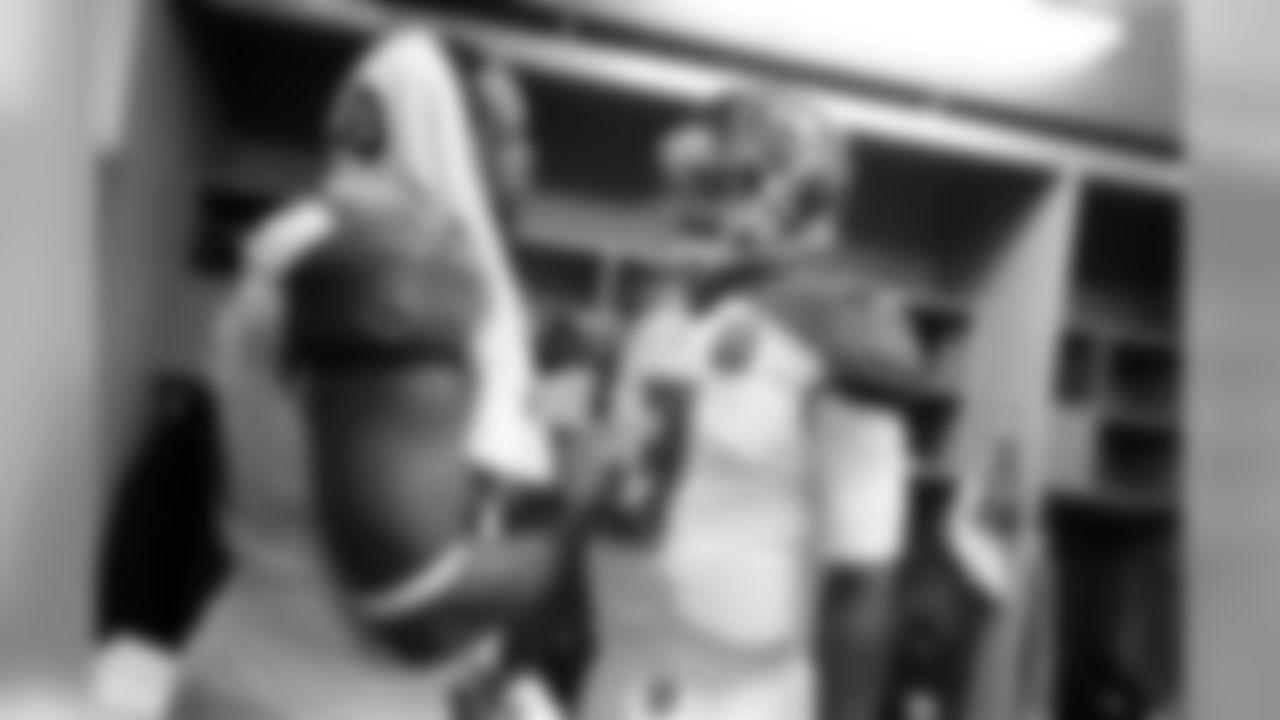
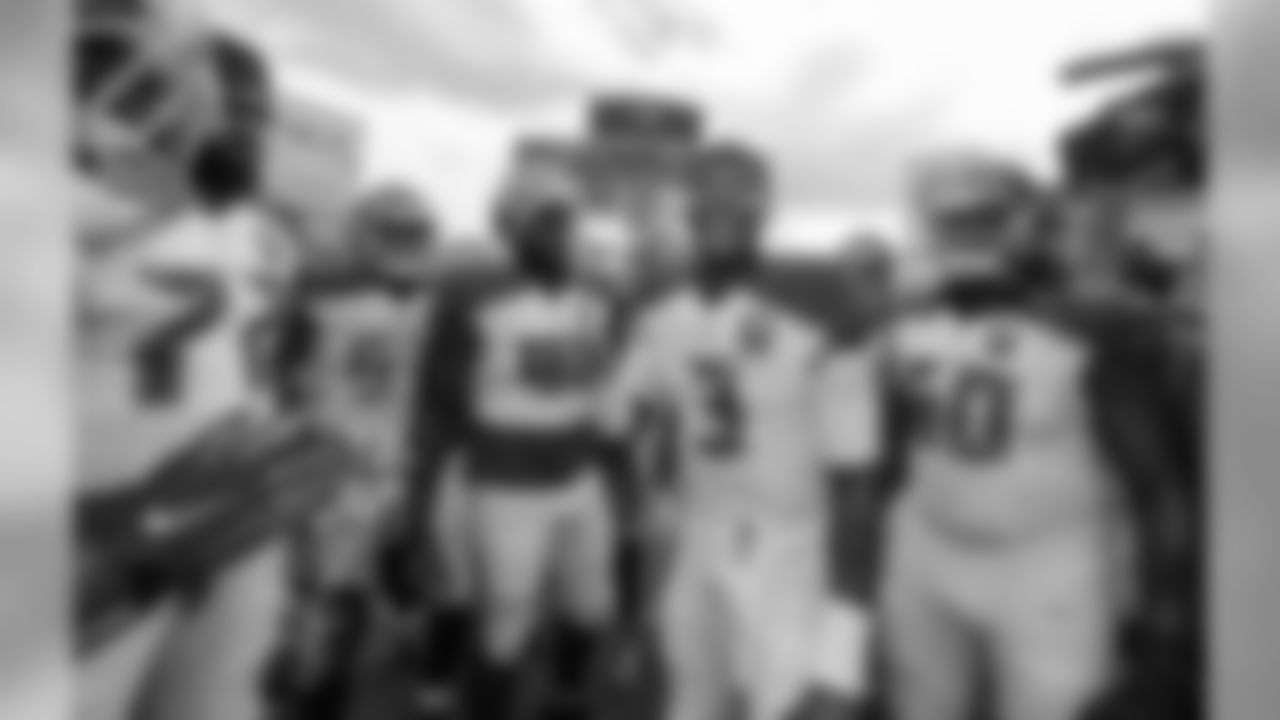





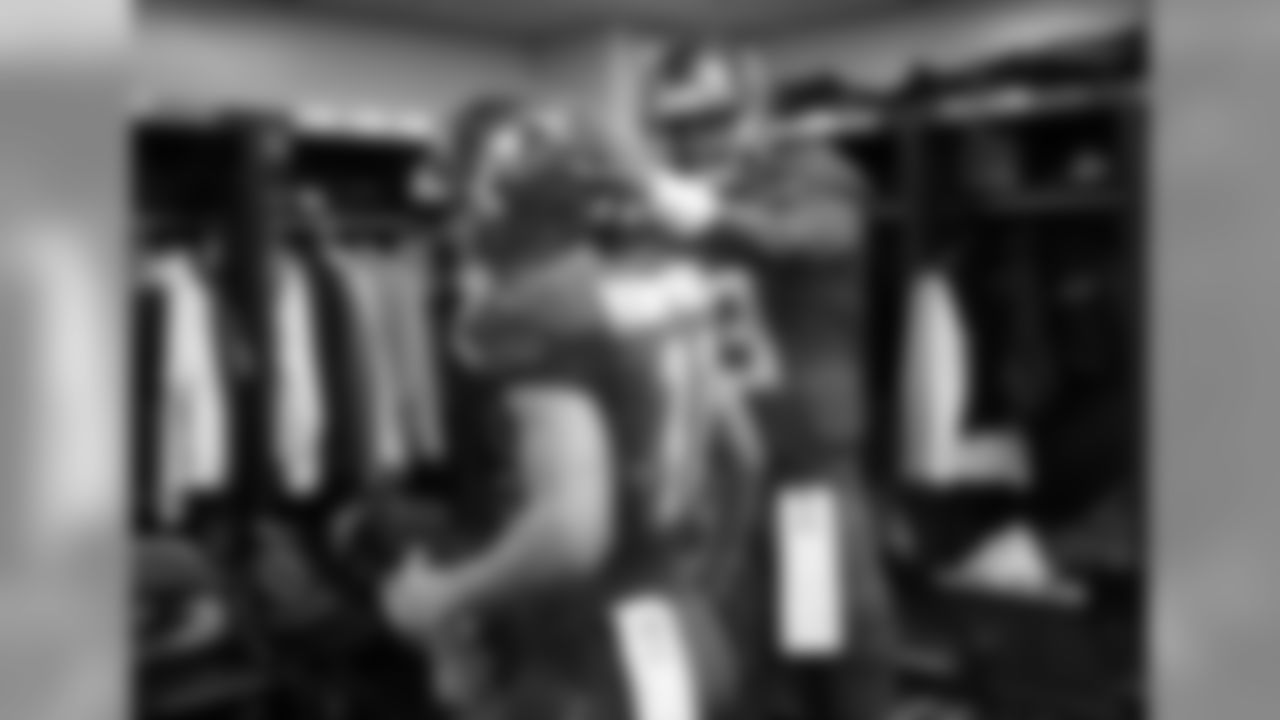


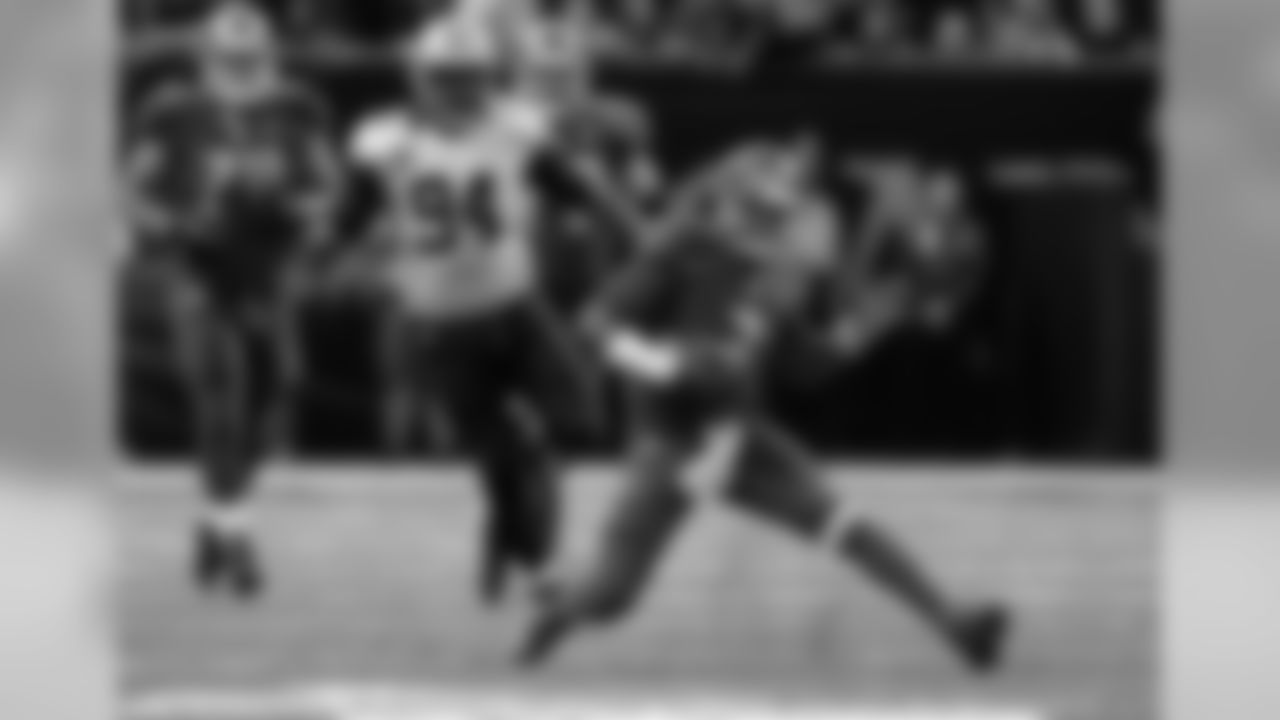

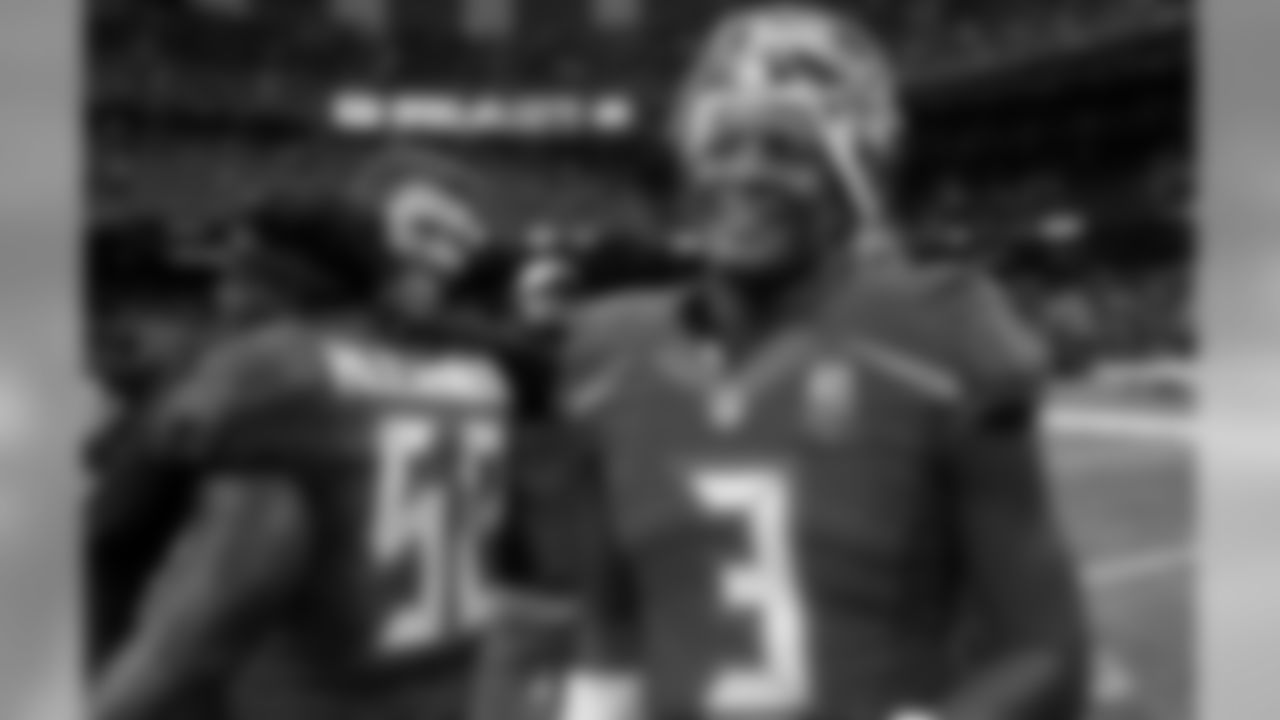







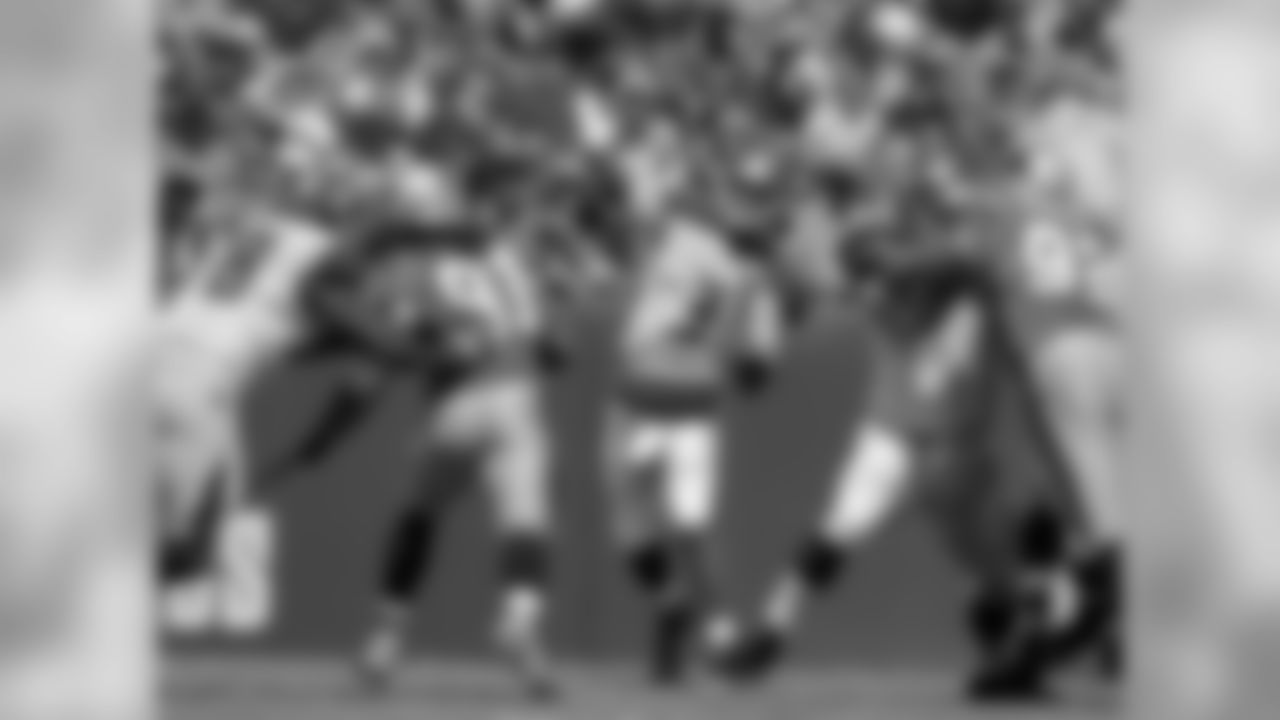








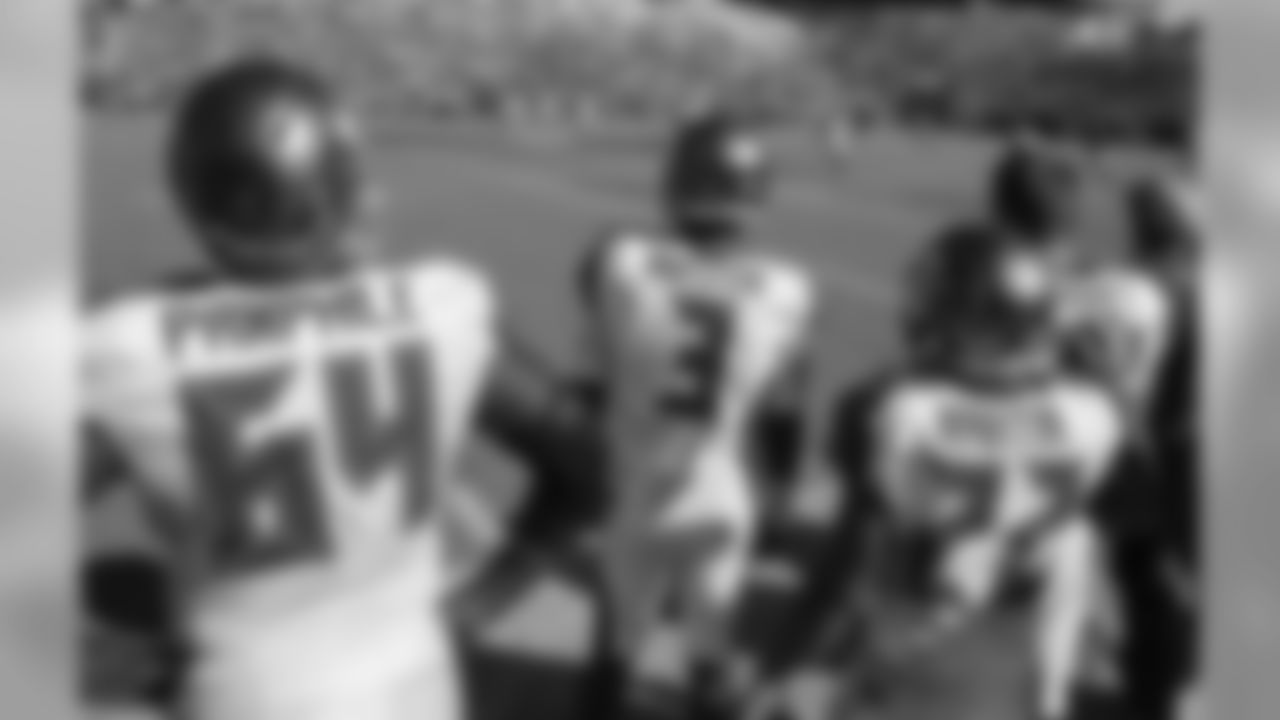



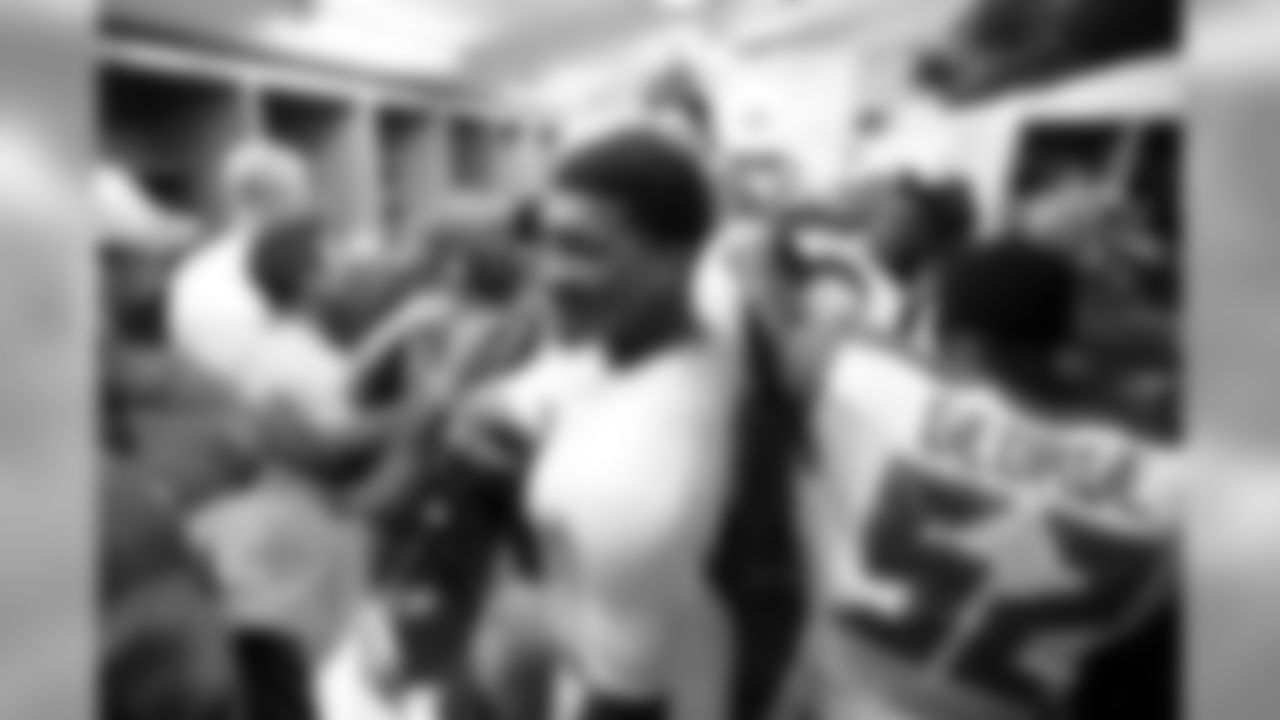

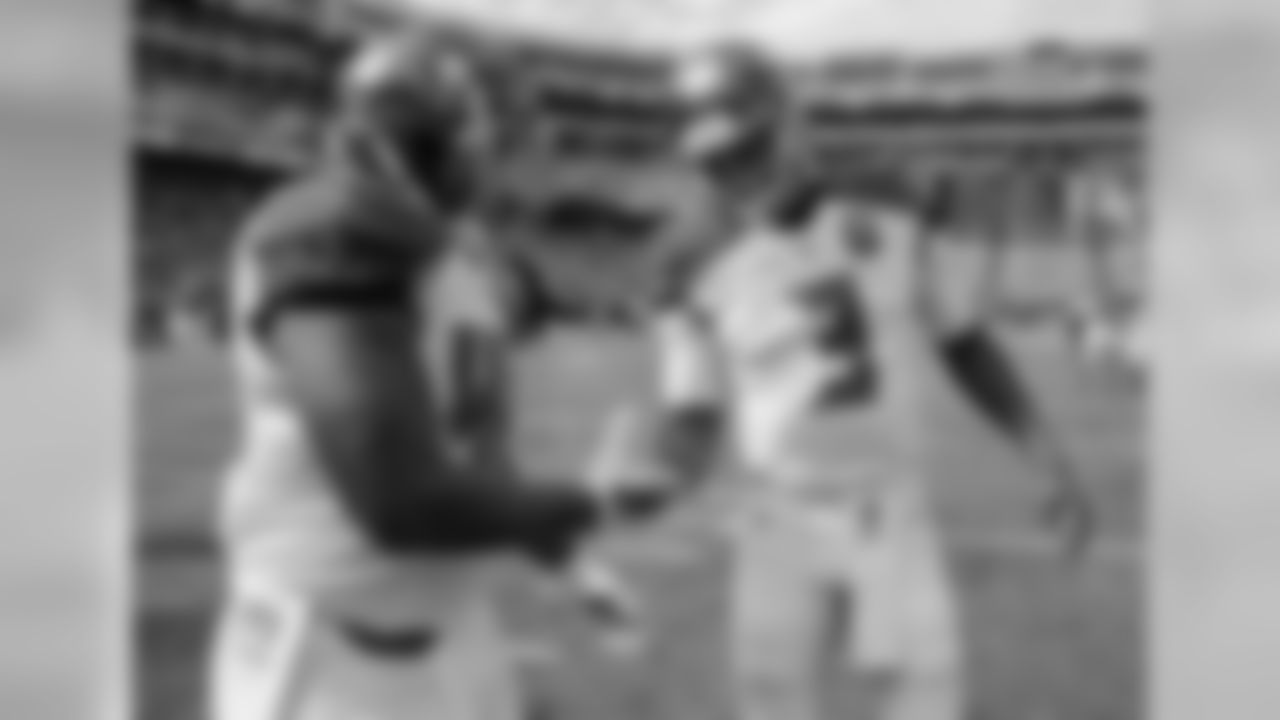










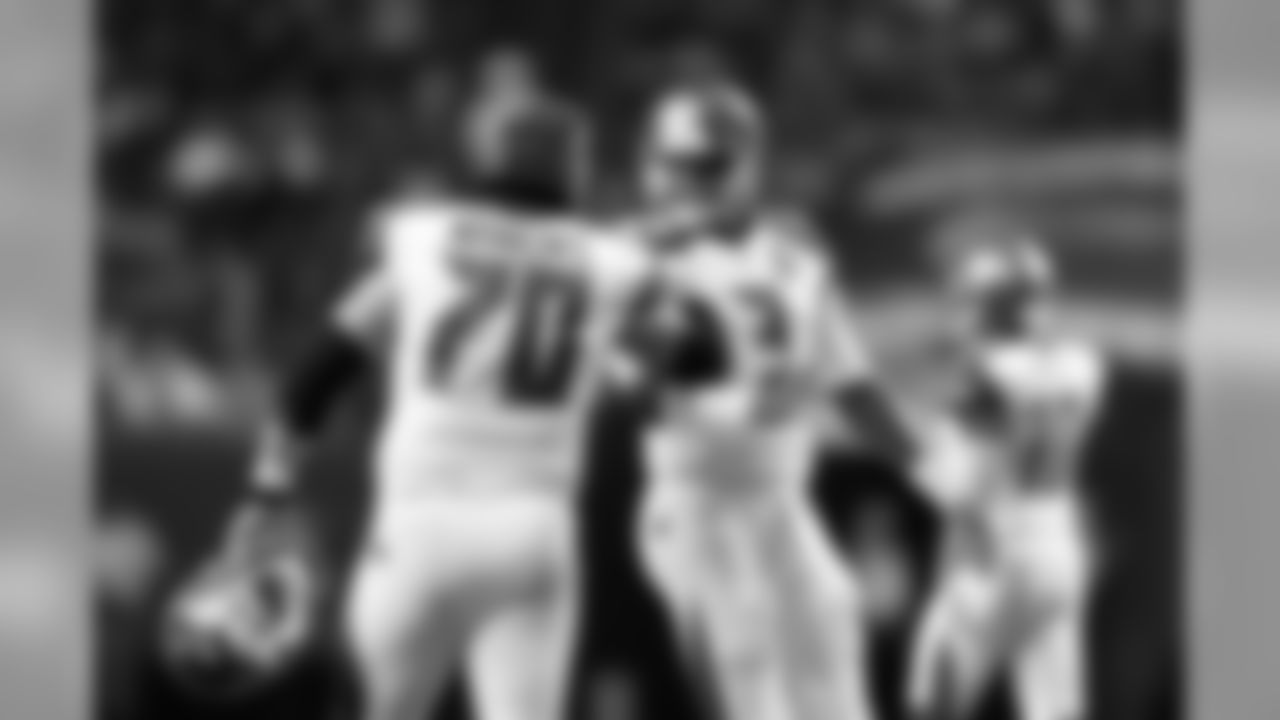

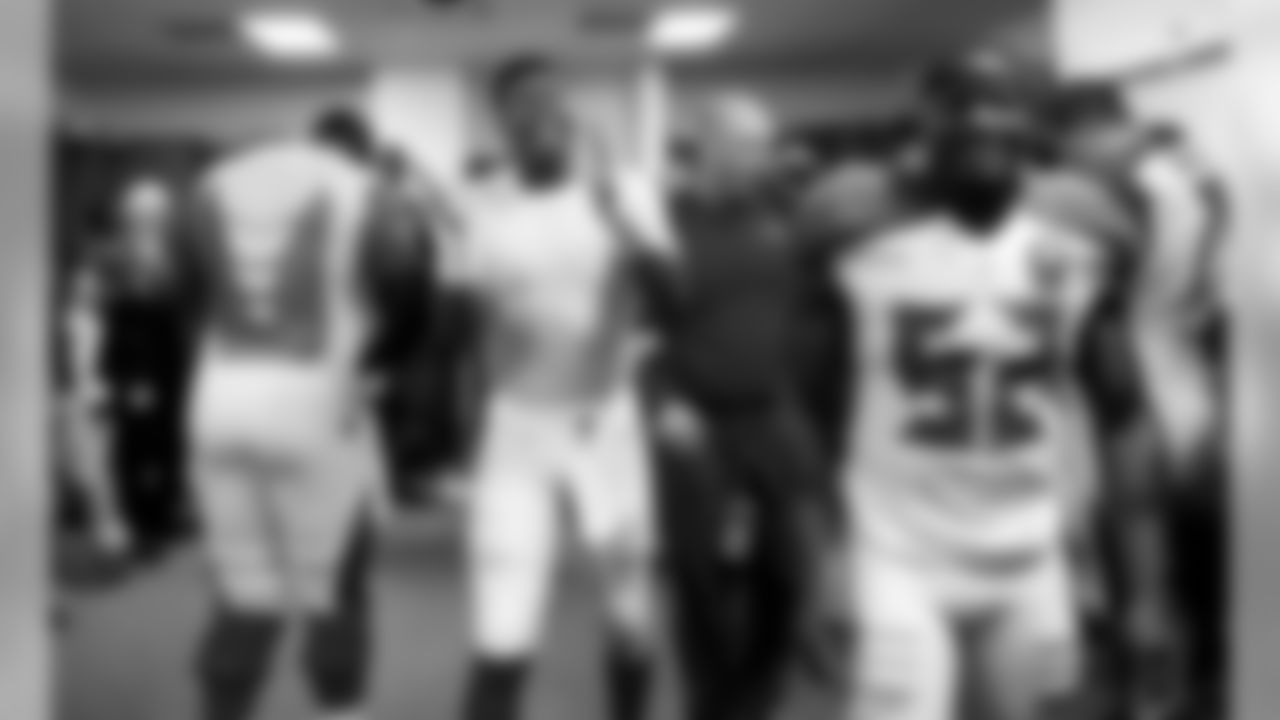

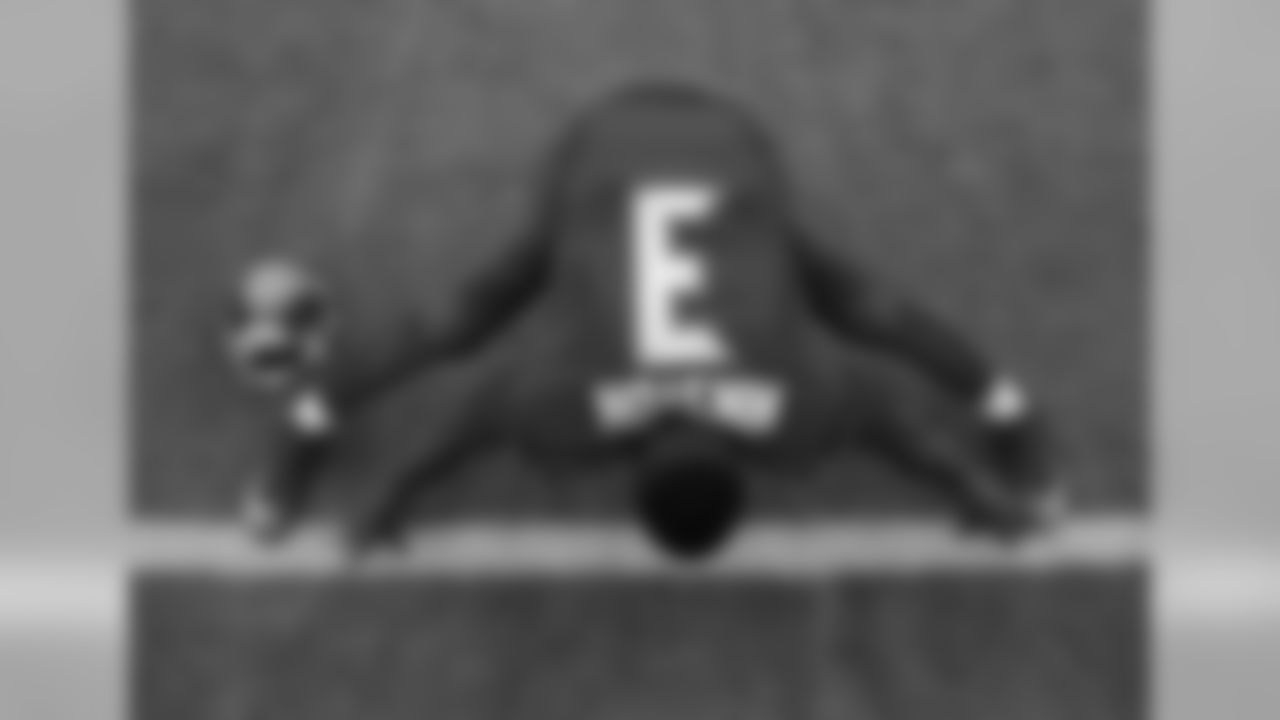









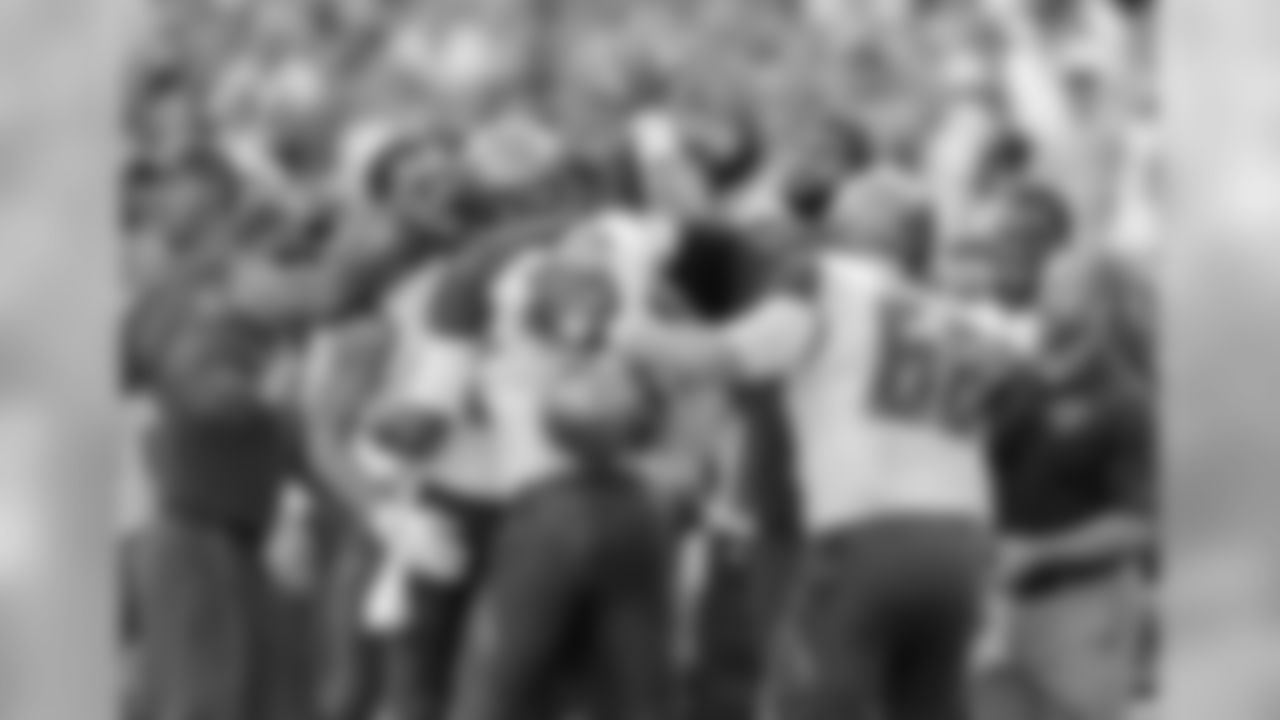
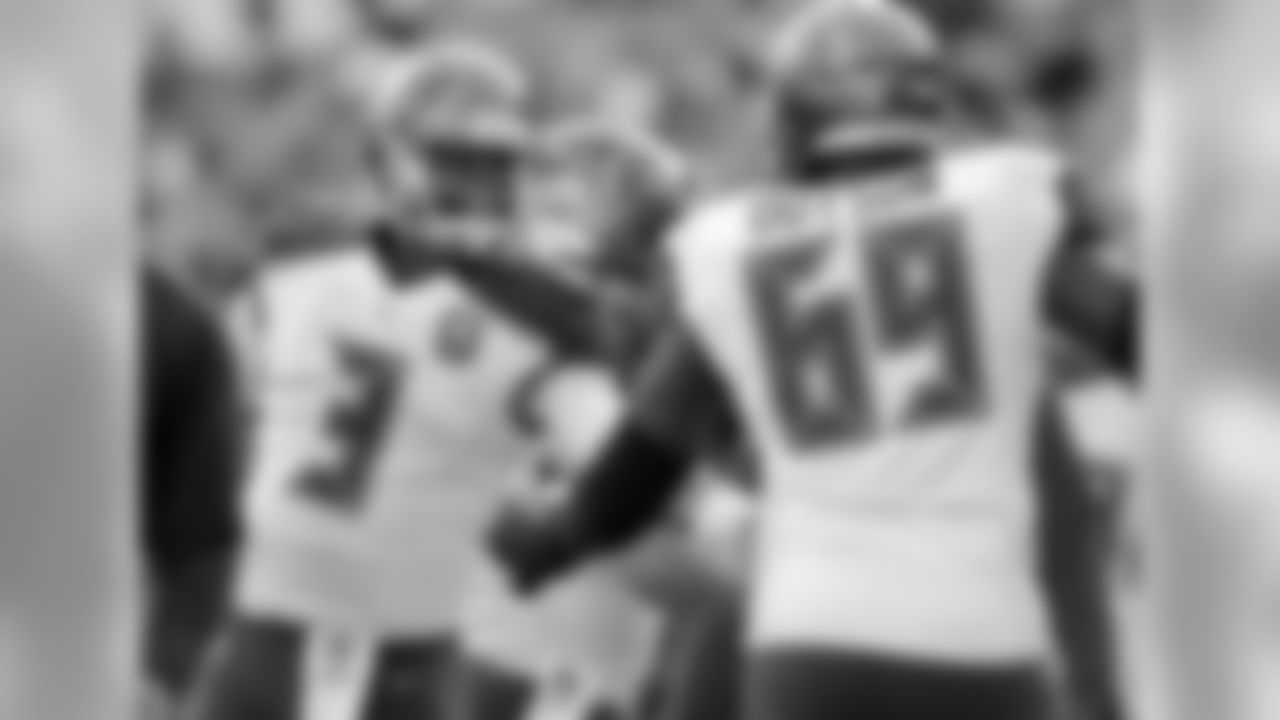






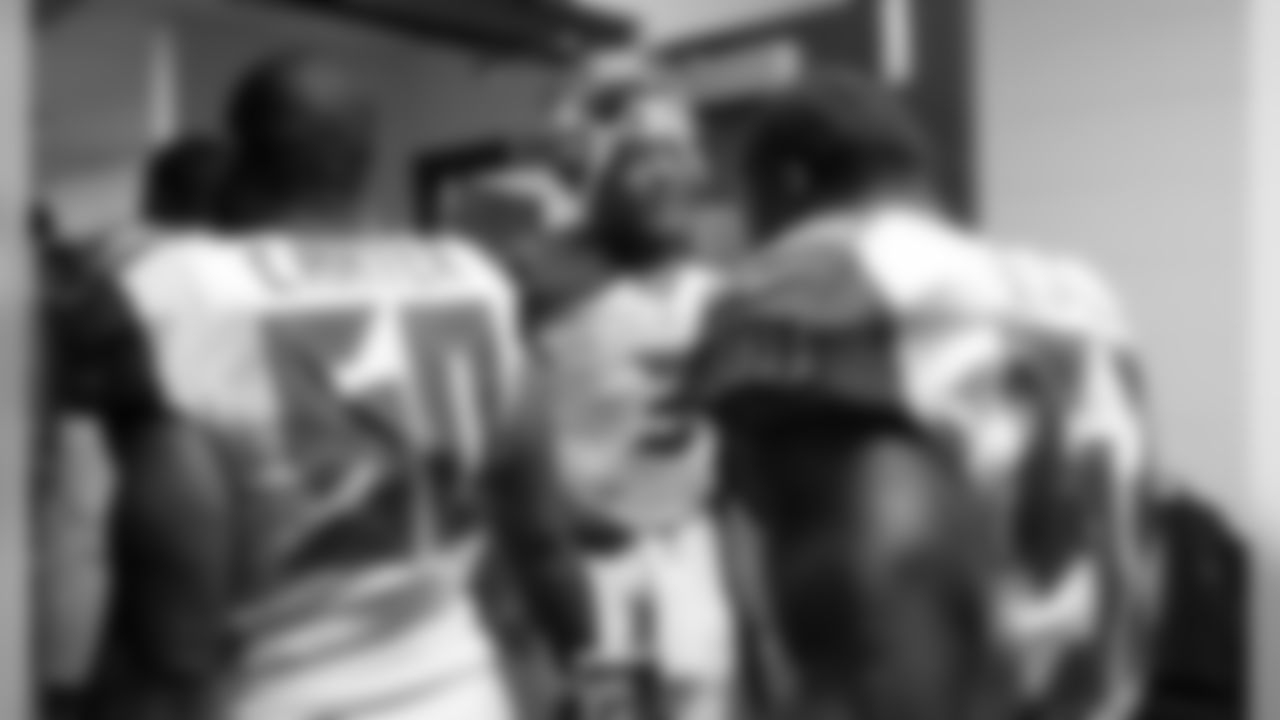



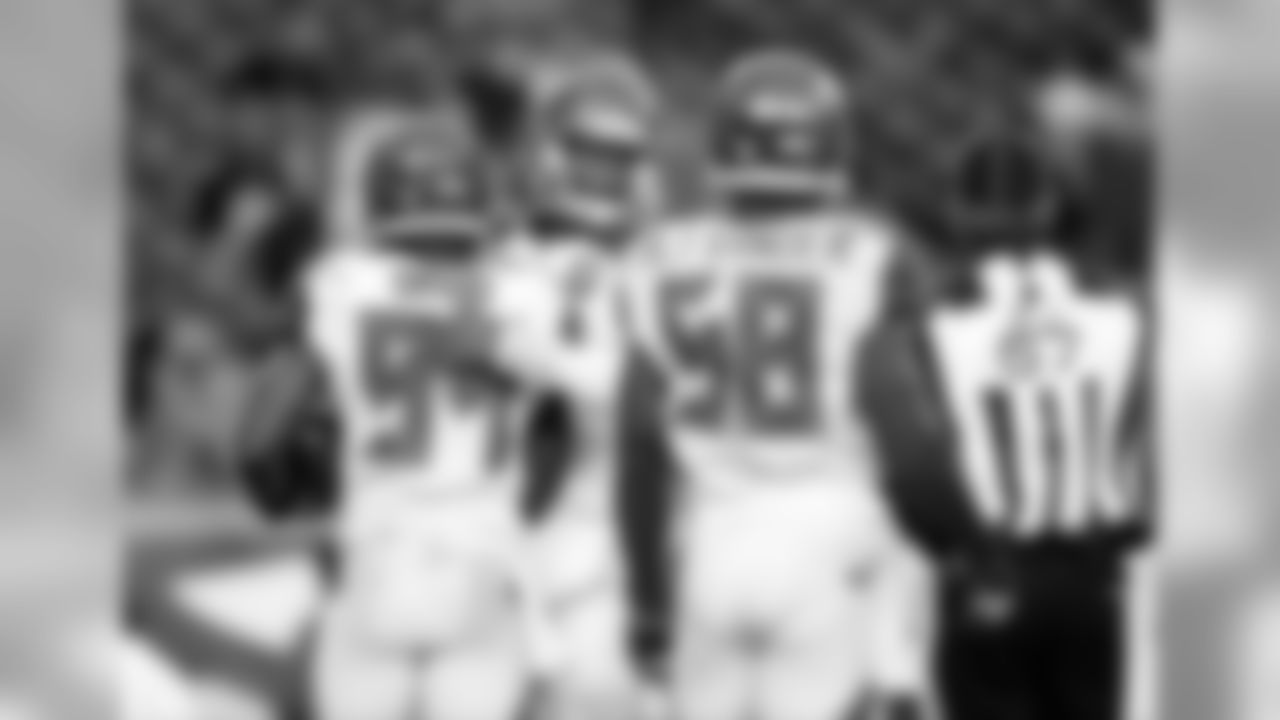







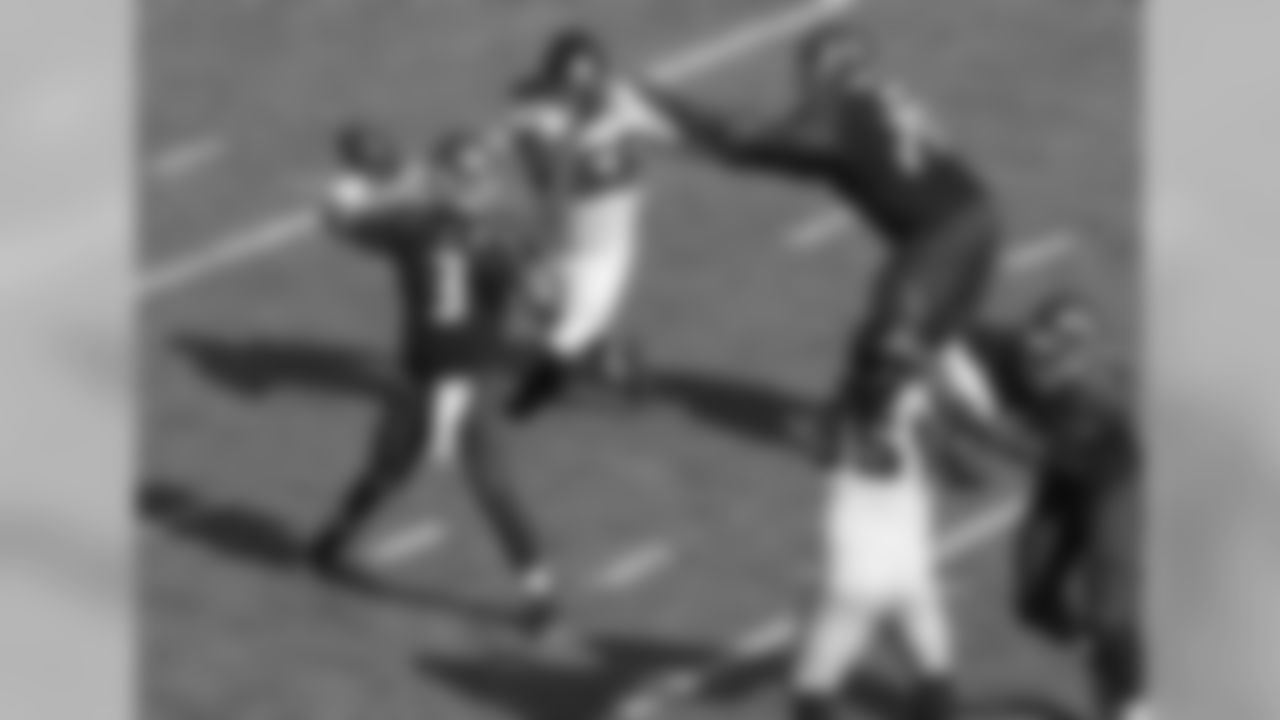
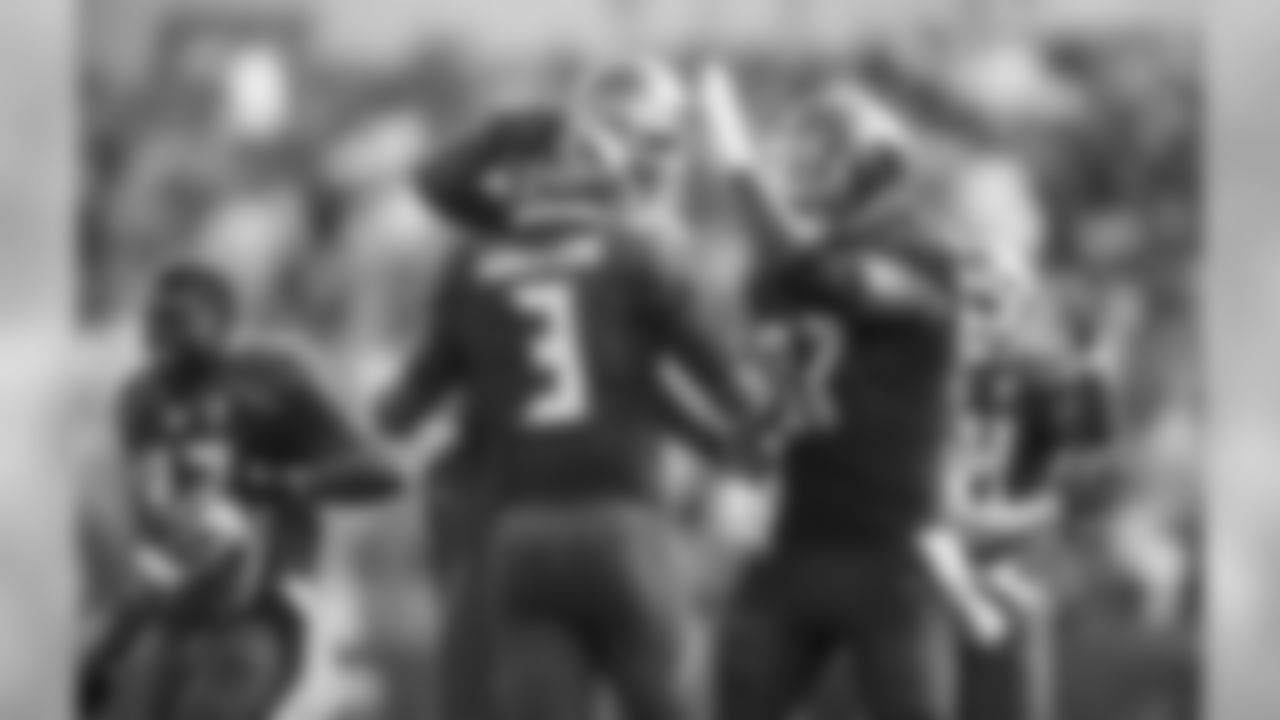
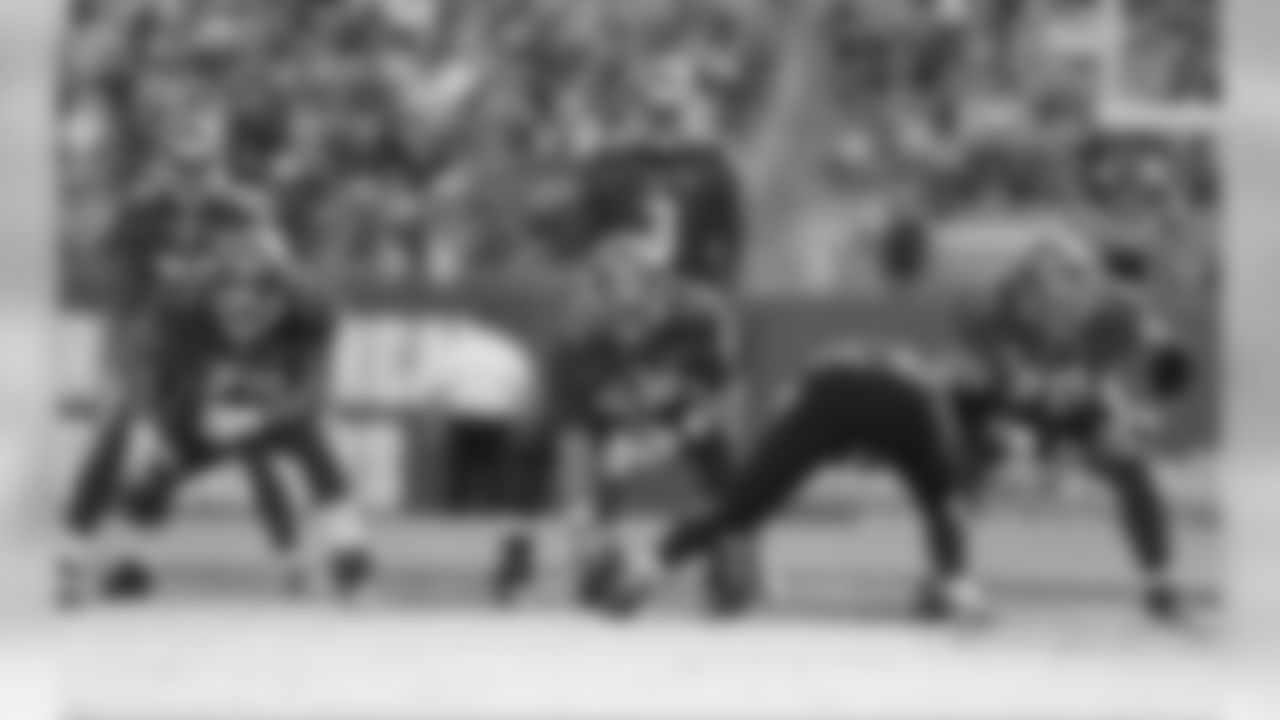




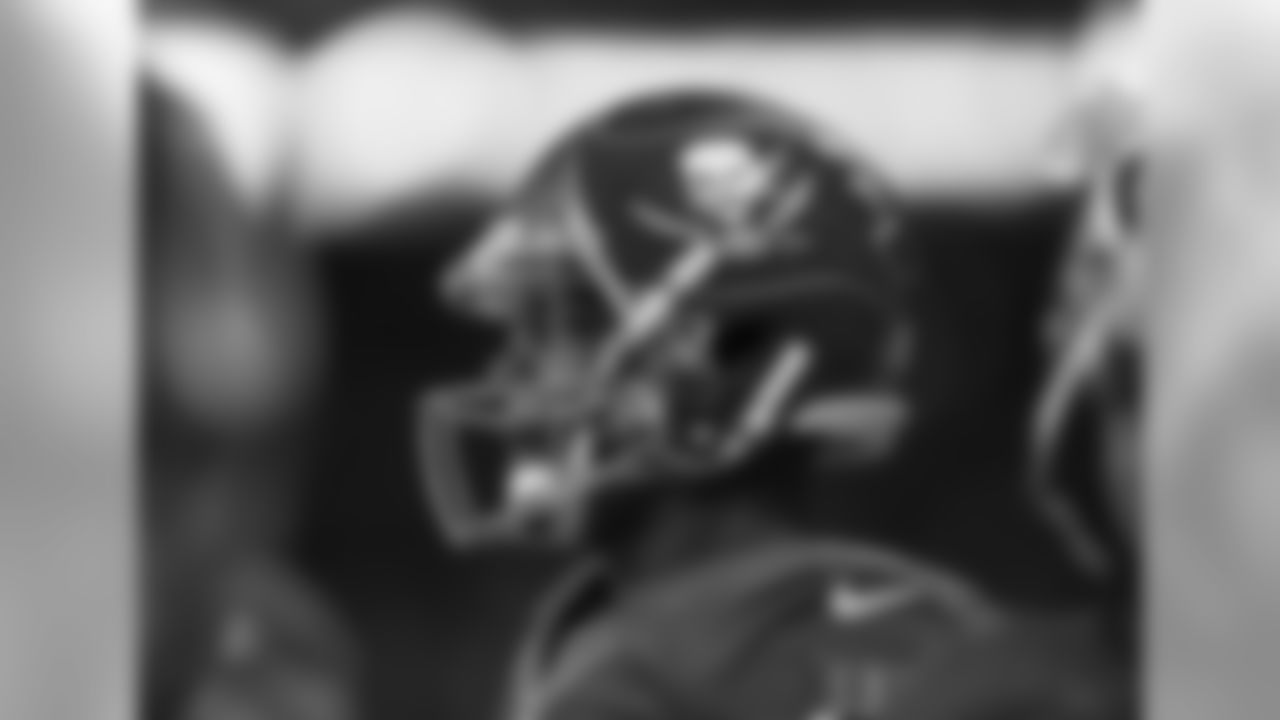











Denver was actually the 11th-most penalized team in 2014, while Carolina tied for the fifth fewest infractions. It was a different story in the Super Bowl.
Carolina committed 12 penalties in the game, costing them 102 yards directly and surely some more in terms of gains that were called back. At least half of those flags were pre-snap infractions, surely the kind that infuriates coaches the most. Meanwhile, Denver drew exactly half as many penalties – six for 51 yards.
That helps to explain how Denver prevailed despite giving up 315 yards of offense and gaining just 194, the lowest total ever for a Super Bowl winner. The Broncos got the lead early and, when it became clear that it's defense was taking over the game, took a mostly conservative approach on offense. That's more difficult to do when you are consistently shooting yourself in the foot and turning second-and-five into first-and-20.
4. Prioritize the cornerback position.
Of the four cornerbacks who started Sunday's Super Bowl, three were named to this year's Pro Bowl (in which they obviously did not play). That trio included the aforementioned Norman, who got two votes for Defensive Player of the Year, and the Broncos' pair of Aqib Talib and Chris Harris. Talib drew some unwanted attention early in the game with a rapid-fire trio of penalties, but he also broke up two passes and had five tackles. Harris had five tackles and a sack. Norman batted down two of Manning's throws.
The fourth starting cornerback in the Super Bowl was Robert McClain, a player acquired late in the season after long-time star veteran Charles Tillman was lost to injury. The Panthers didn't do too much in free agency in 2015, but the two positions they targeted to add experienced talent were cornerback and left tackle (Michael Oher). The Broncos targeted Talib in free agency in 2014 after his Pro Bowl 2013 season in New England.
Of the 15 cornerbacks who were named to this year's Pro Bowl, including replacements for initial selections, nine came from playoff teams. A 10th, Darrelle Revis, played on the 10-6 New York Jets, who just missed the postseason on a tiebreaker. This is not a coincidence. Cornerback is another position at which it is difficult to find premium talent in the NFL, and a true lockdown corner can totally change how an opposing offense attacks your defense. Norman had "only" four interceptions in 2015, none after Week Four of the season, but he was mostly avoided by opposing quarterbacks. Norman had the ability to take the other team's best receiver completely out of the equation.
RB Doug Martin led the NFL in rushes over 20 yards. Check out his 20+ yard gains in ascending order.


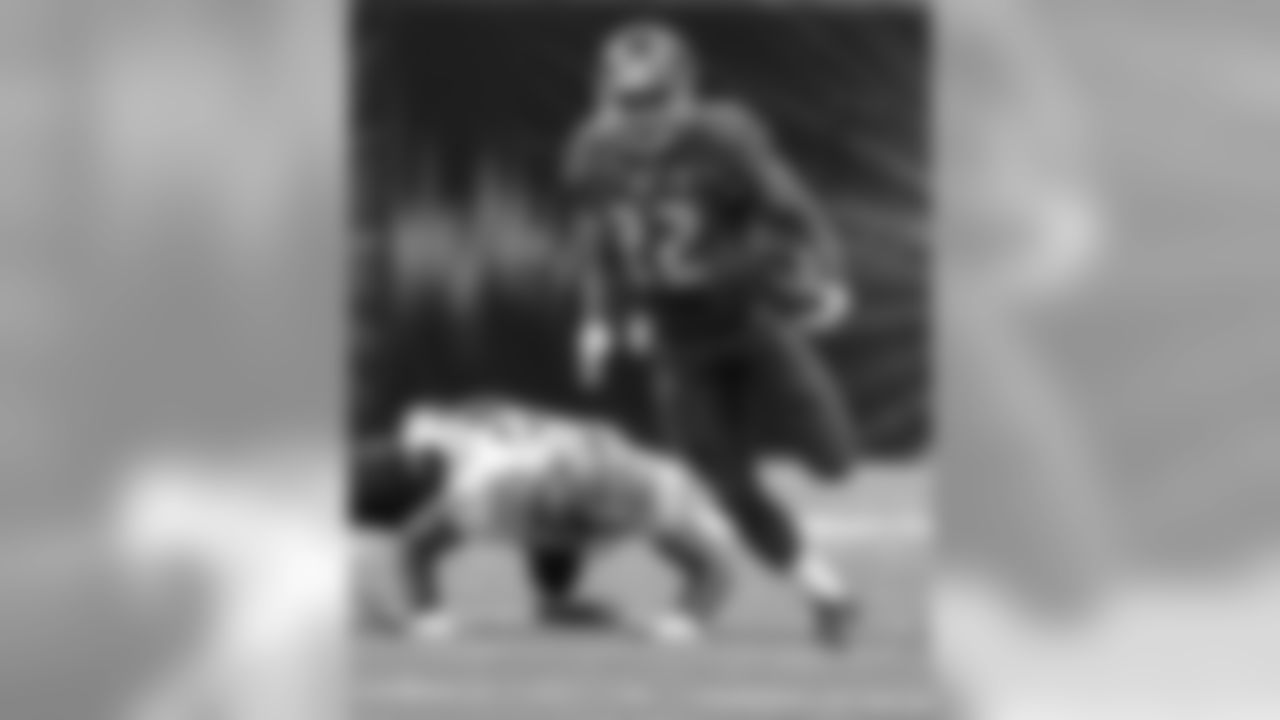






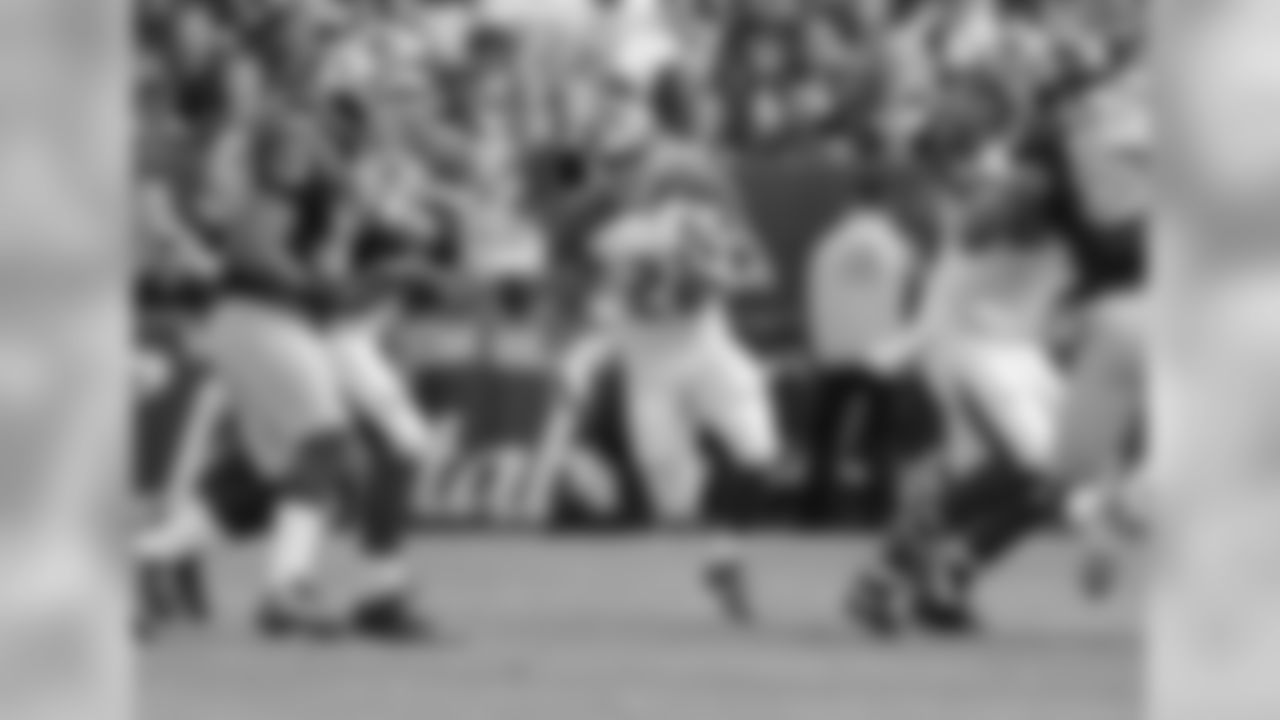







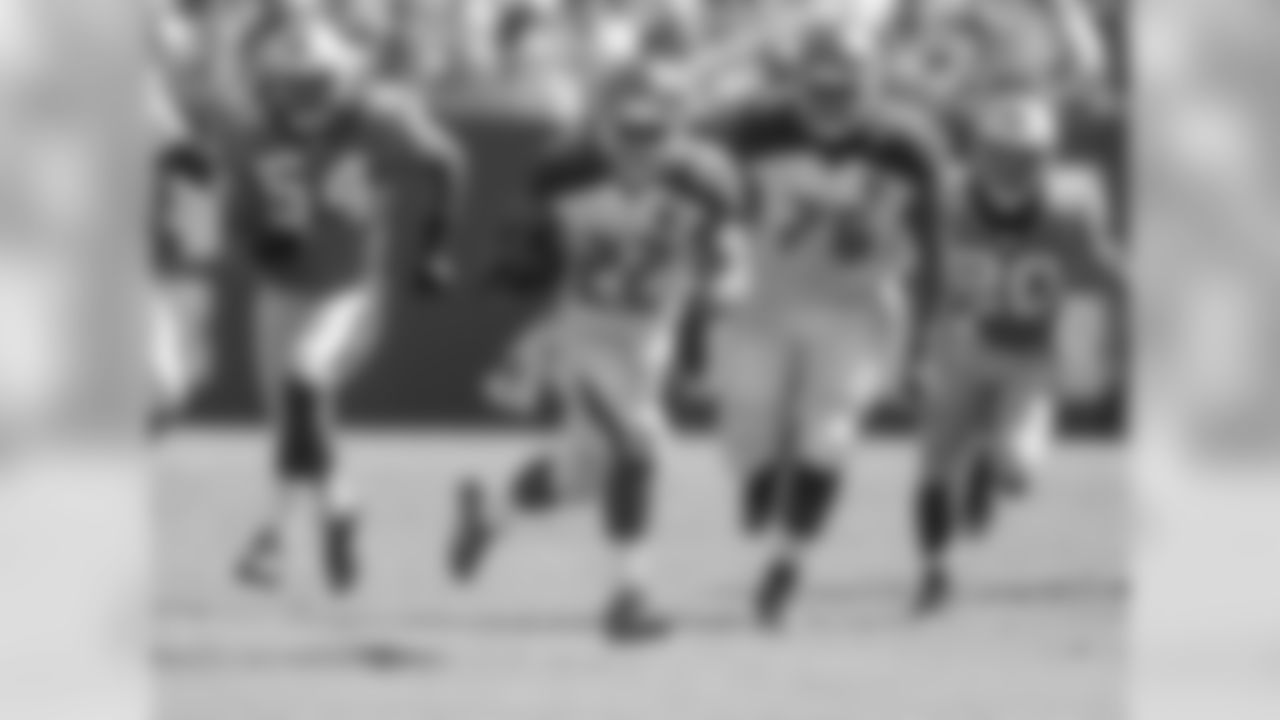

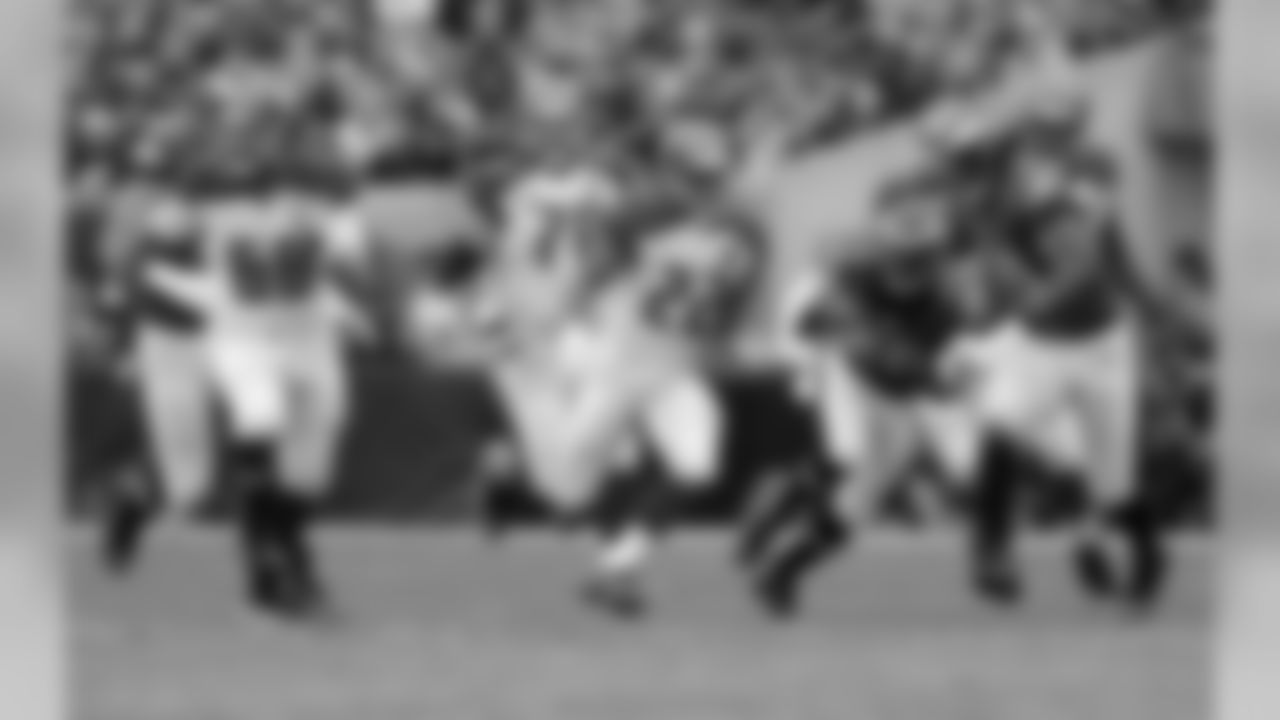



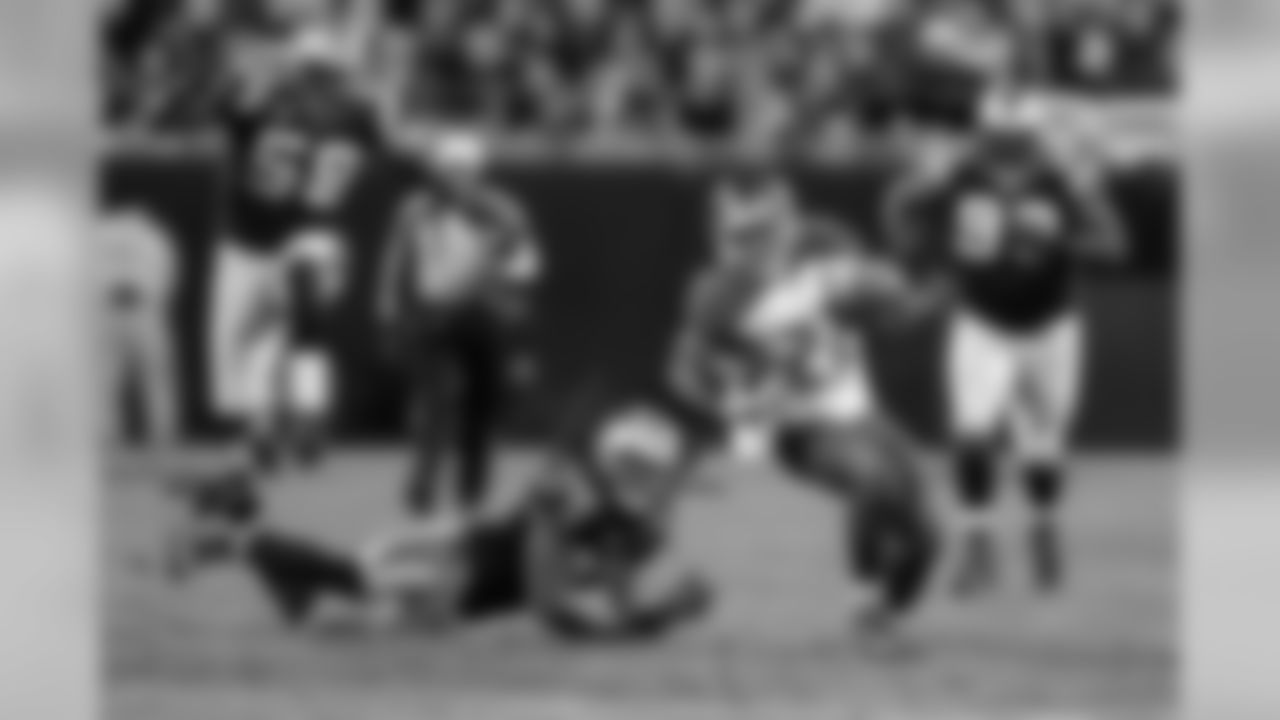
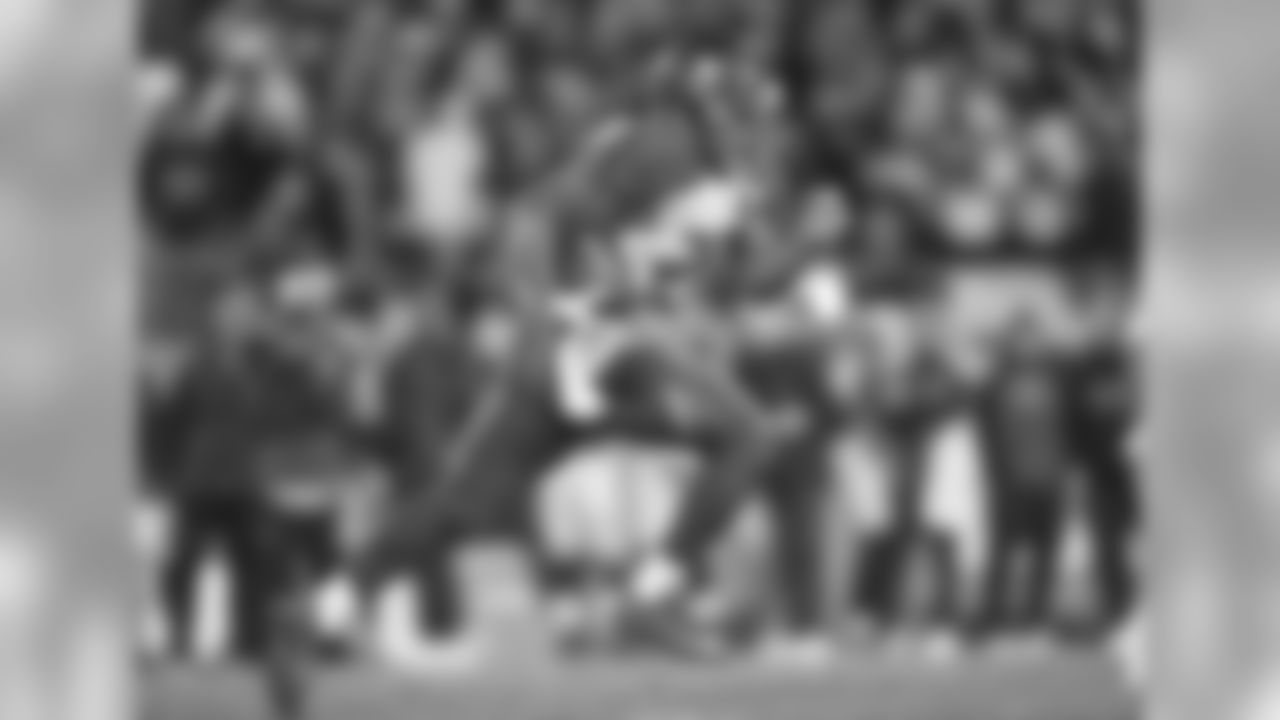





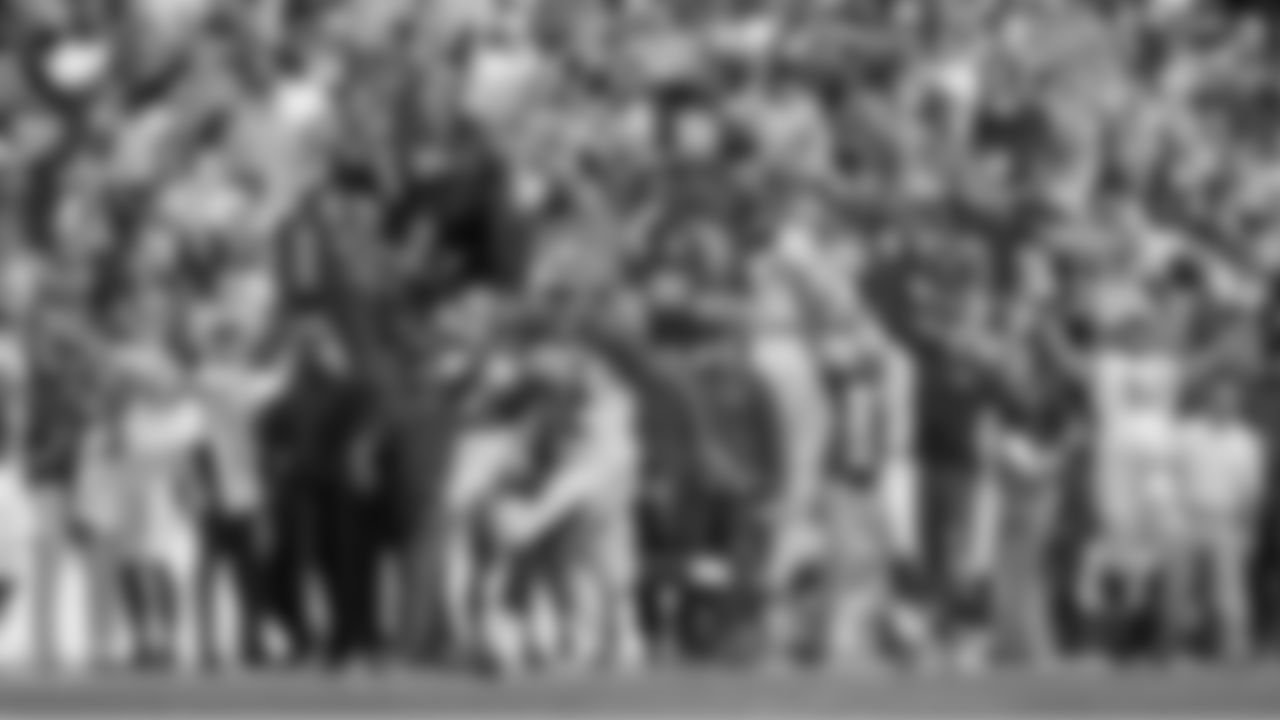
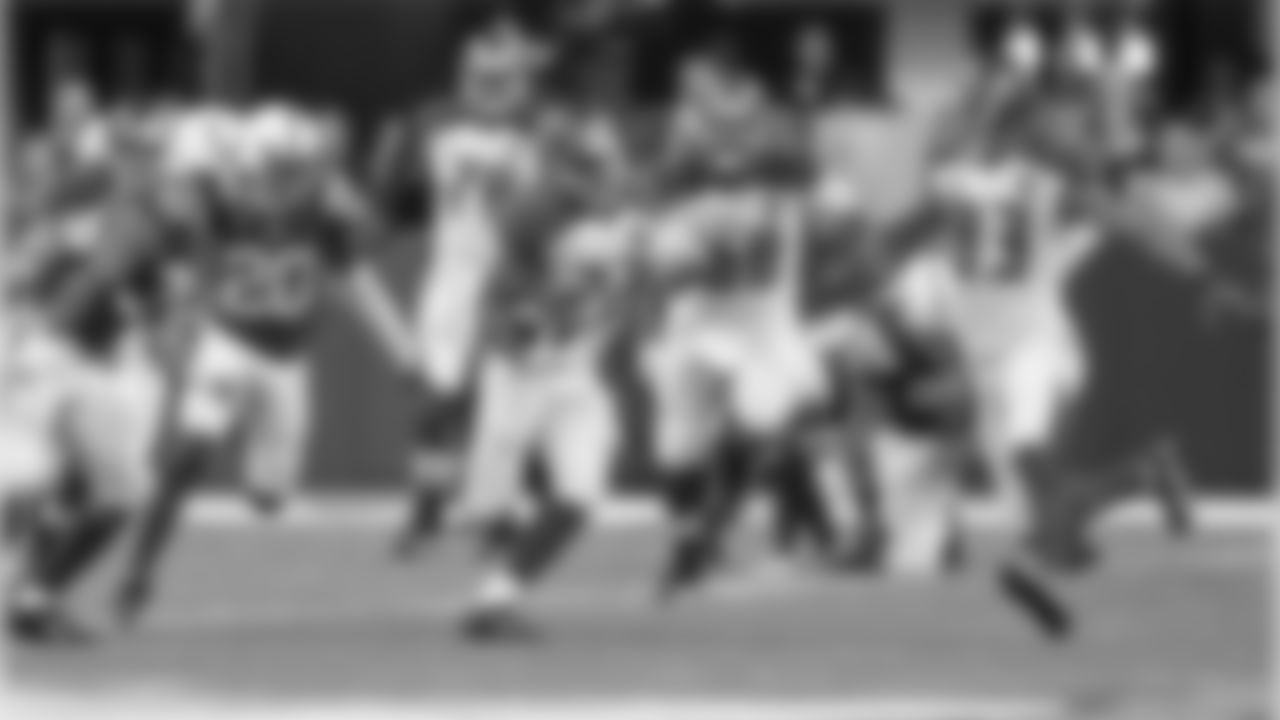

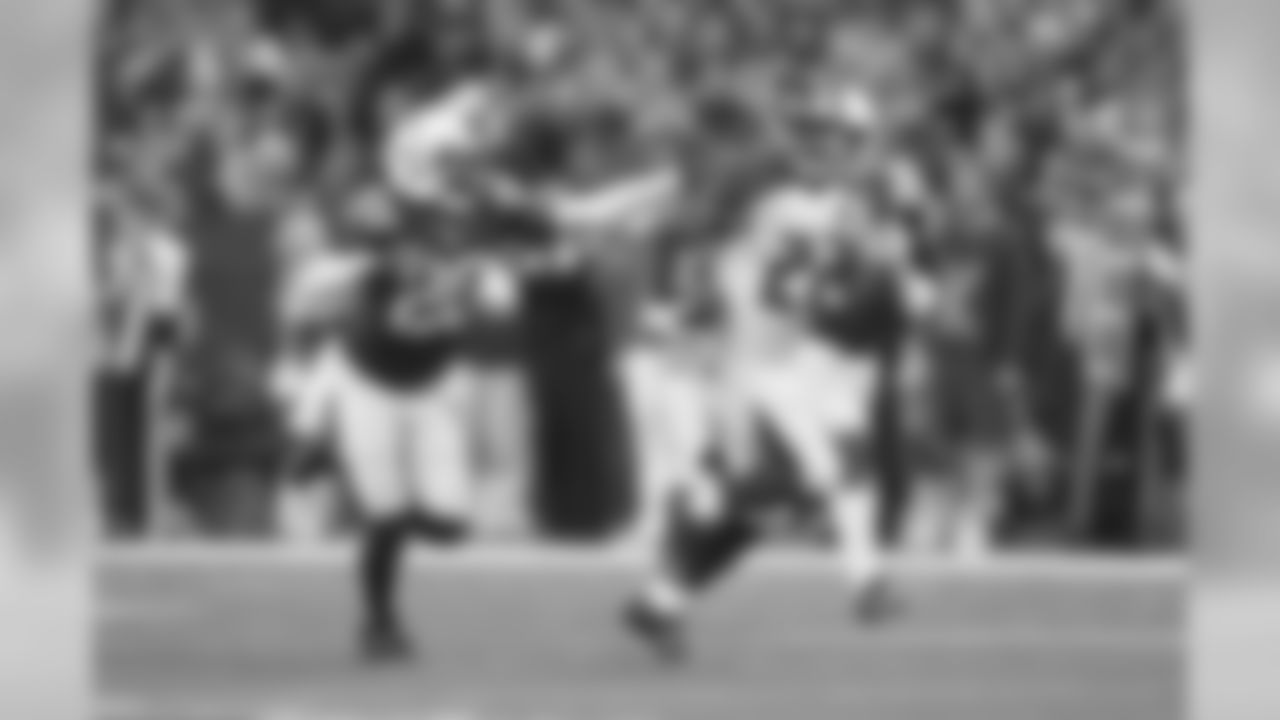
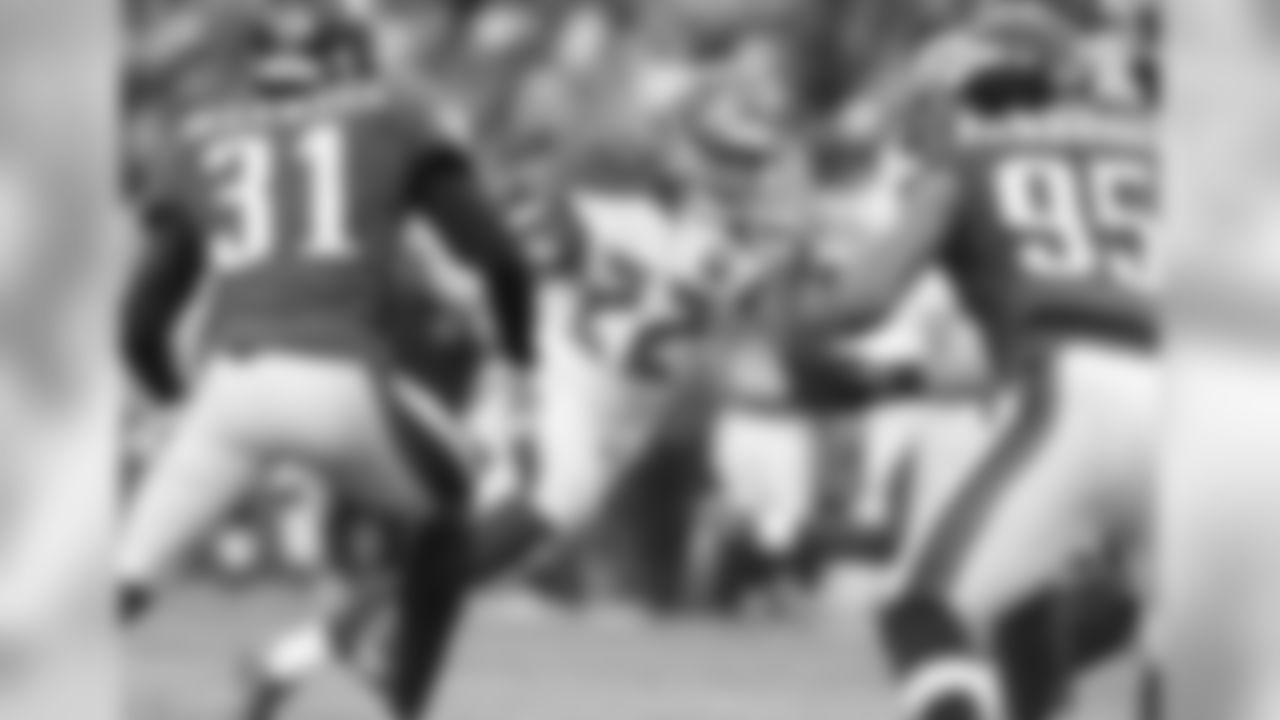

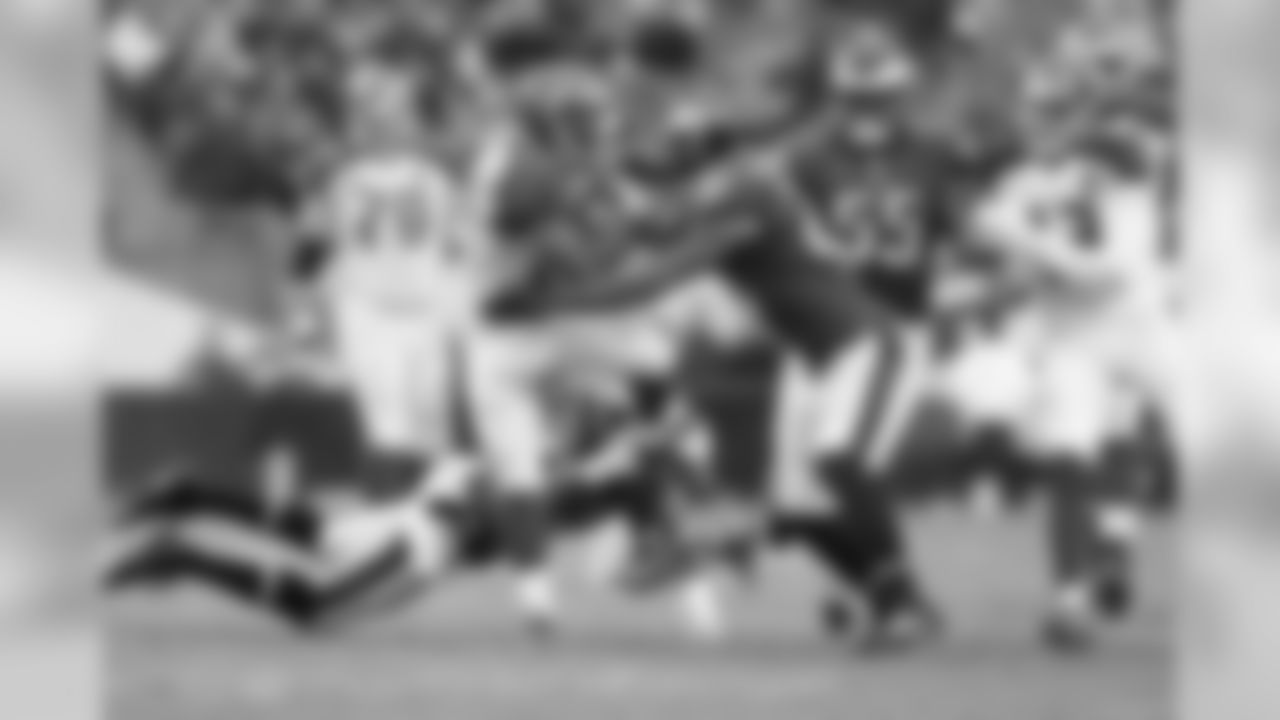



The last great Tampa Bay defense featured a likely Hall-of-Famer in Ronde Barber and such other standouts at the position as Donnie Abraham and Brian Kelly. The Bucs of more recent vintage haven't ignored the position. Tampa Bay traded for Revis in 2013, drafted Johnthan Banks in the second round that same year, gave a big free agency deal to Alterraun Verner in 2014 and snatched Sterling Moore away from the Cowboys last year.
Unfortunately, the results haven't been as good as all that activity might suggest. Banks, Verner and Moore are still around – Moore is a pending free agent – and might still become standouts in Mike Smith's defense. Even if that proves to be the case, Tampa Bay almost certainly wants to add talent to that position, perhaps in the early rounds of the 2016 draft.
And that's often what it takes. Of those 15 Pro Bowl cornerbacks this year, nine were drafted in the first round, four of those in the top half of the opening round. It's clearly a position at which teams are willing to spend important draft assets, because it's difficult to build a top-flight defense without notable talent at cornerback.






















